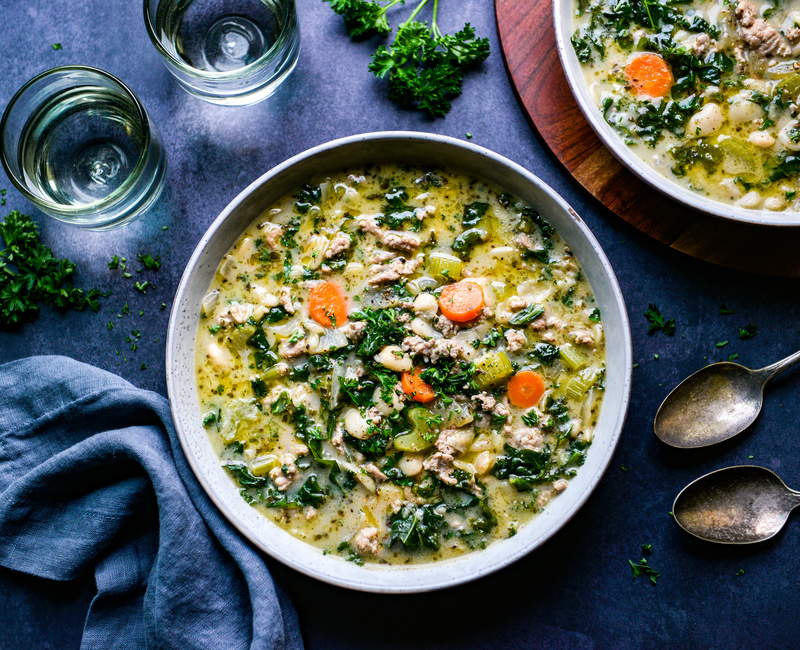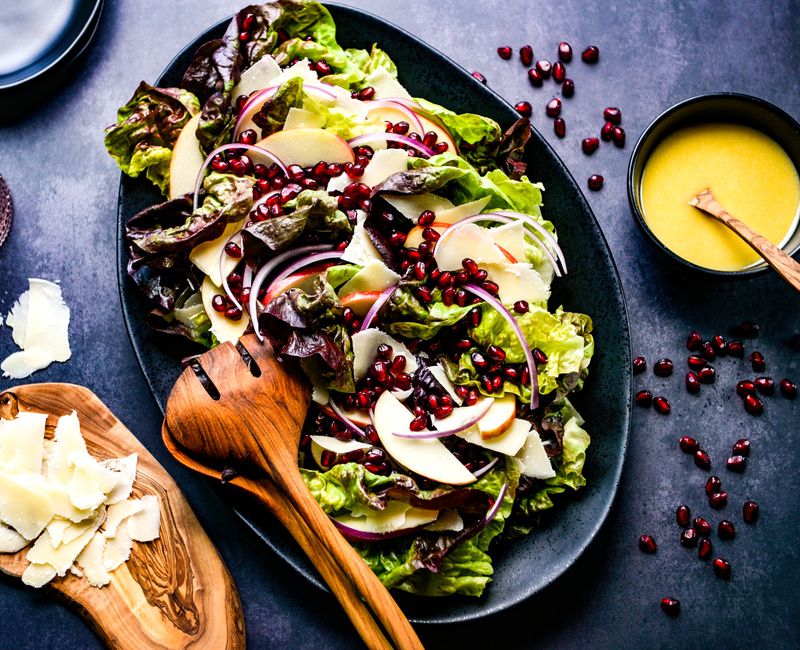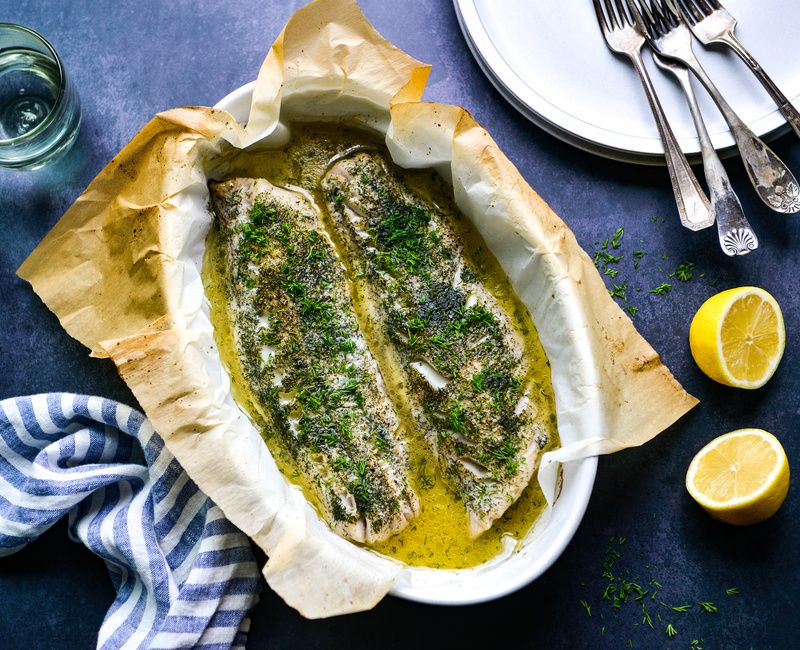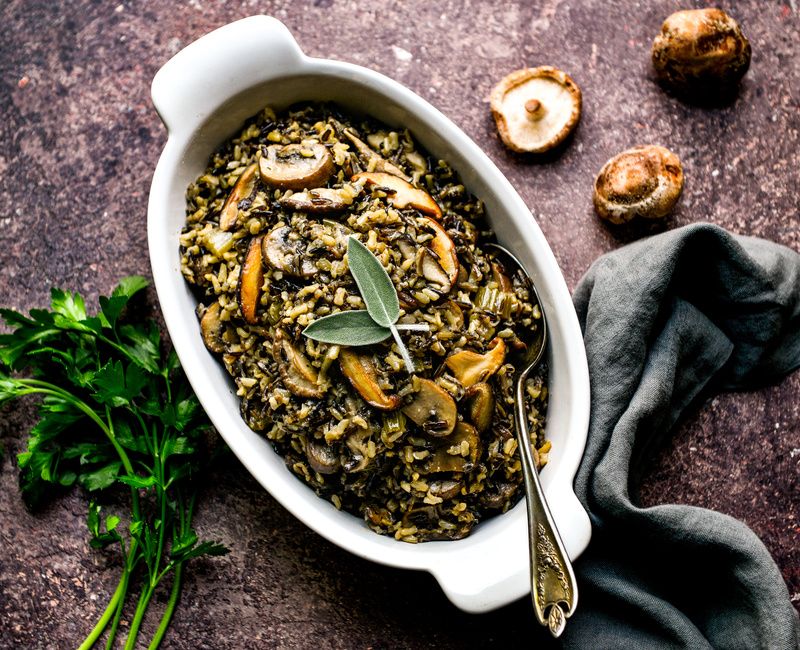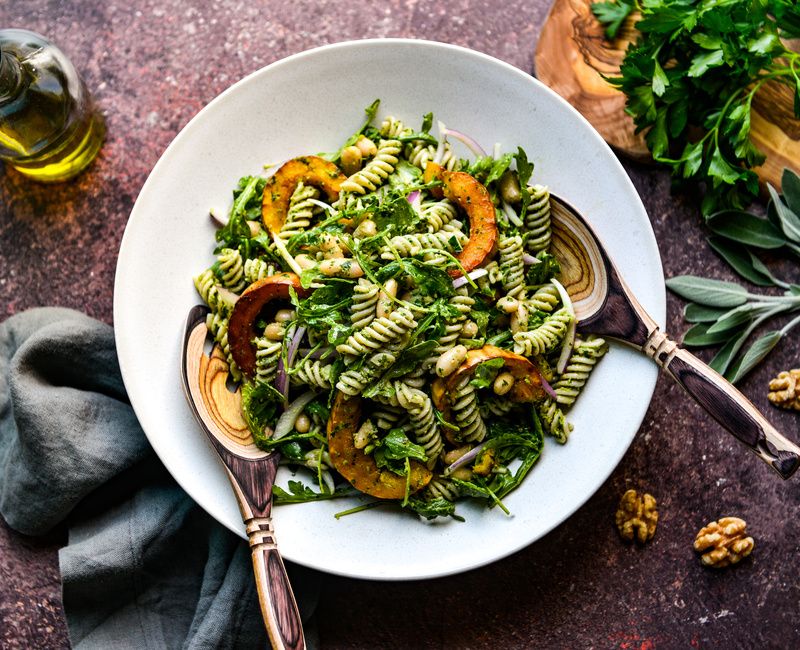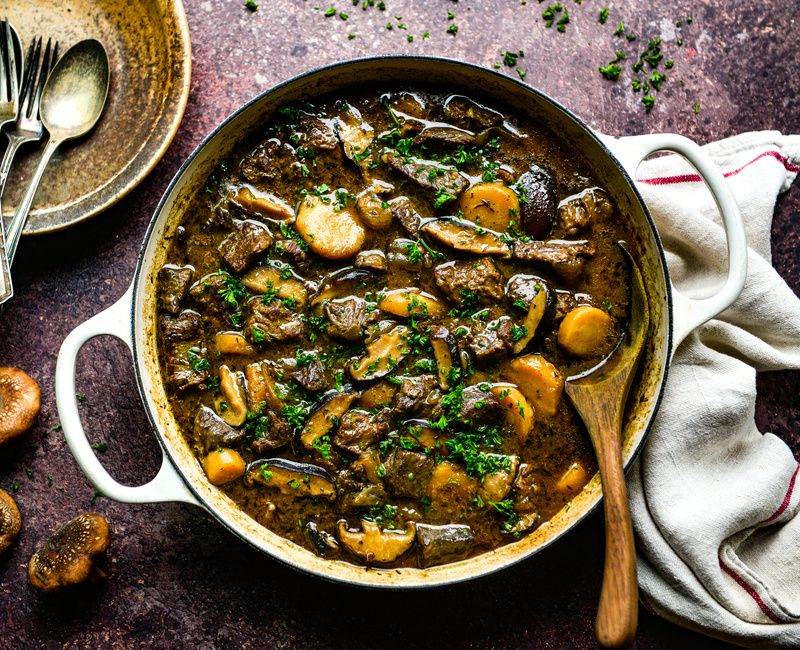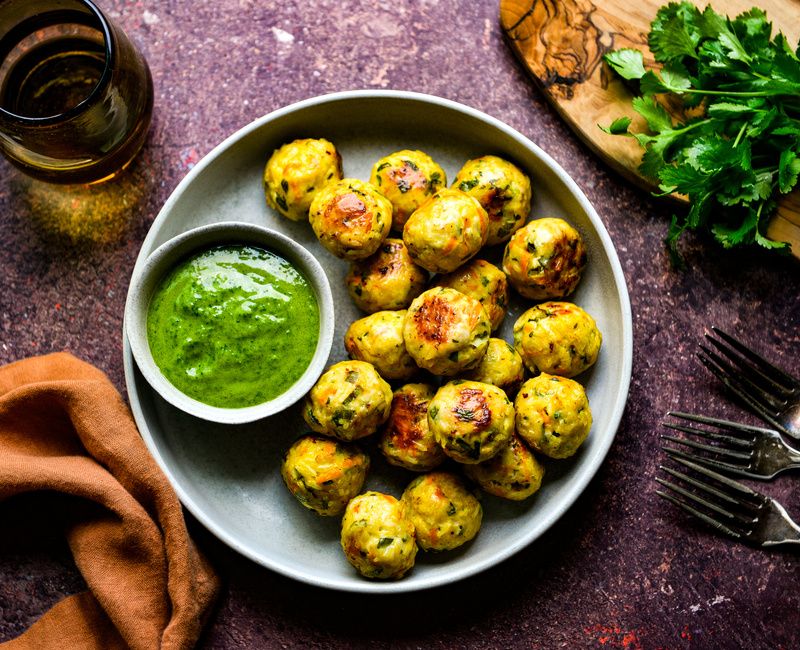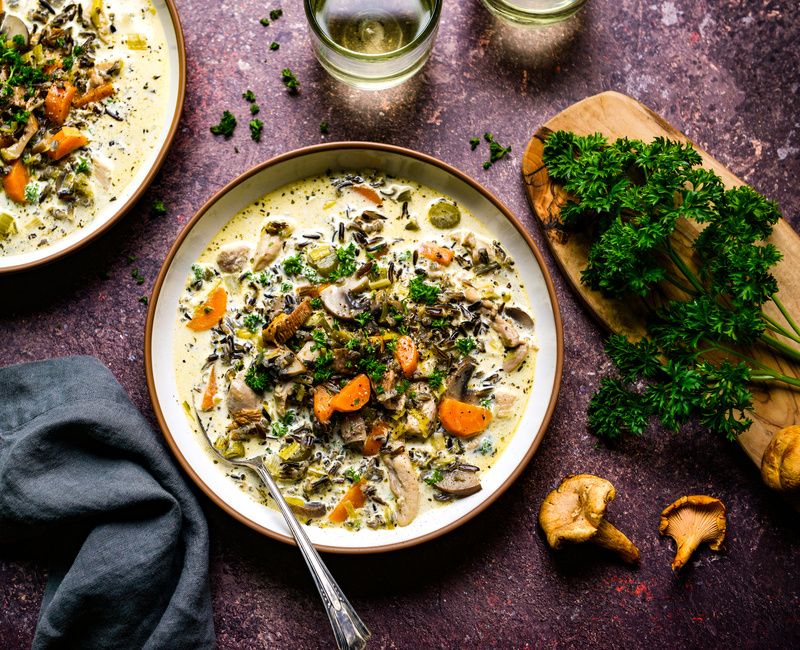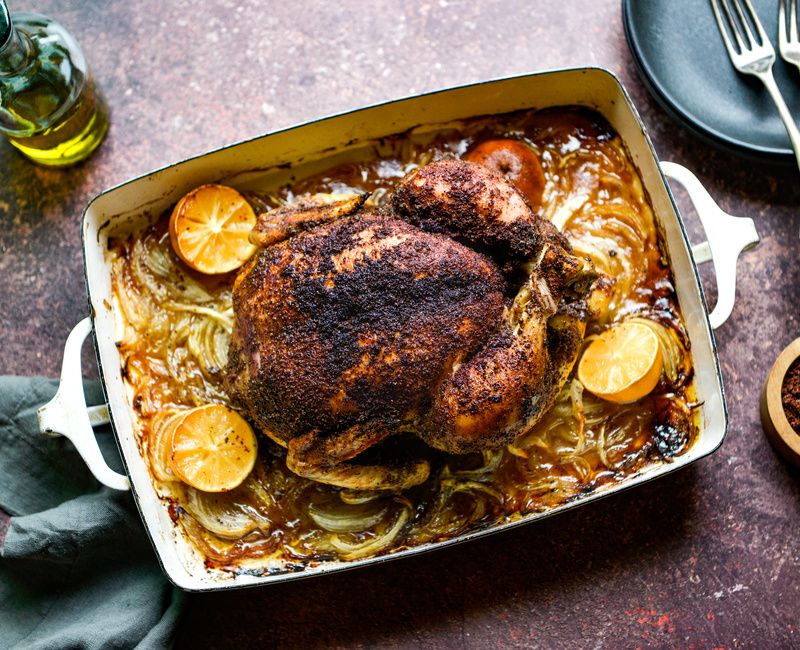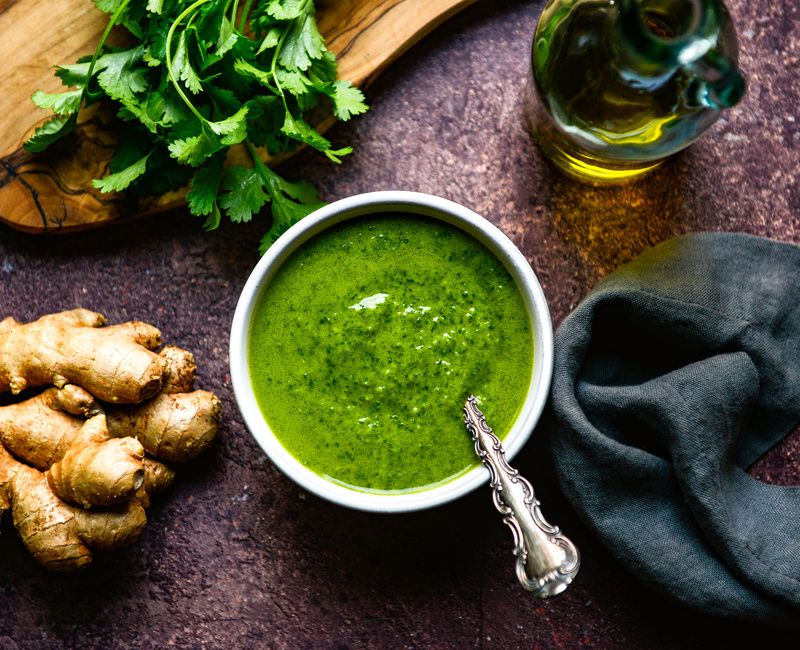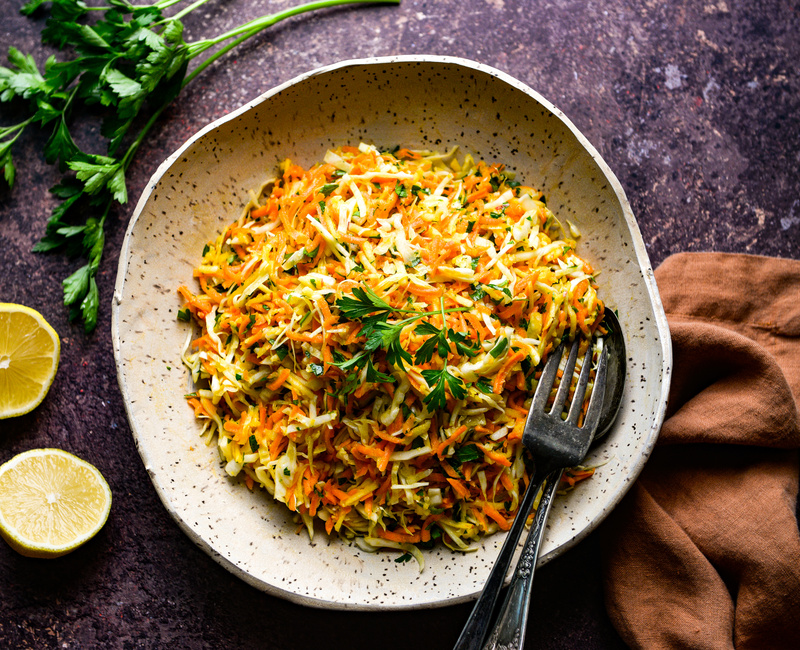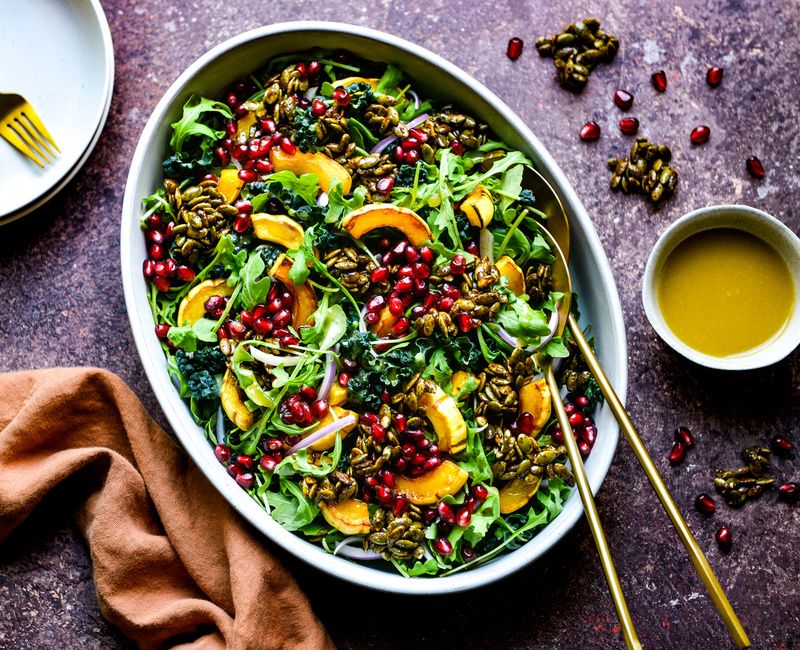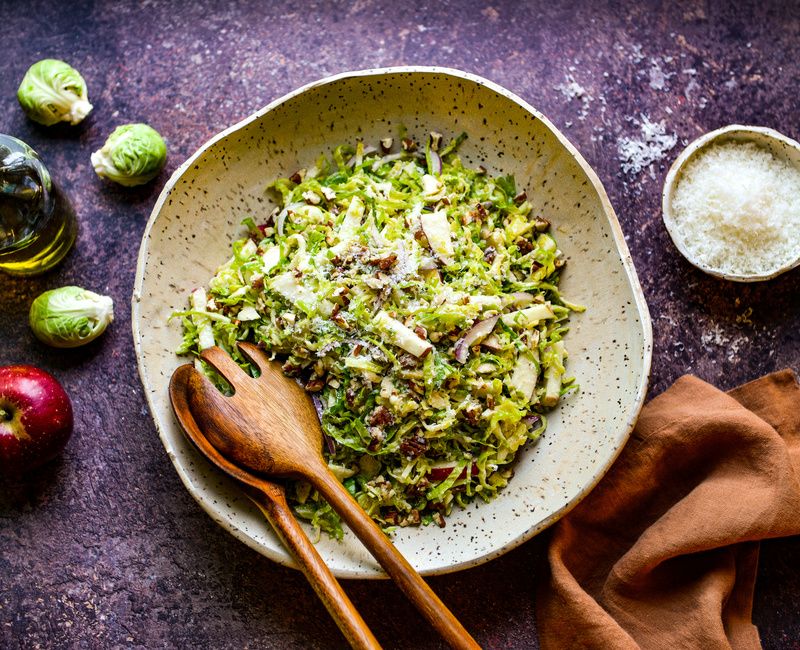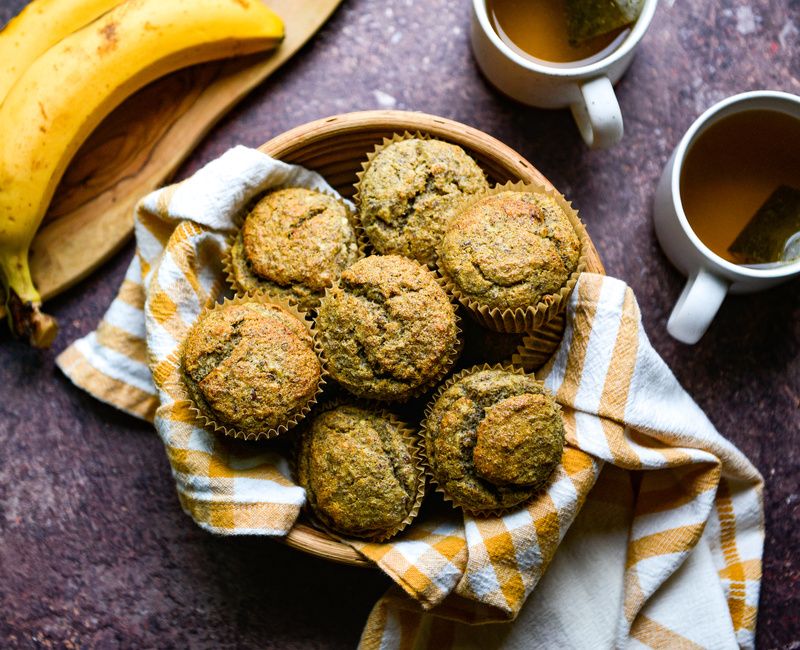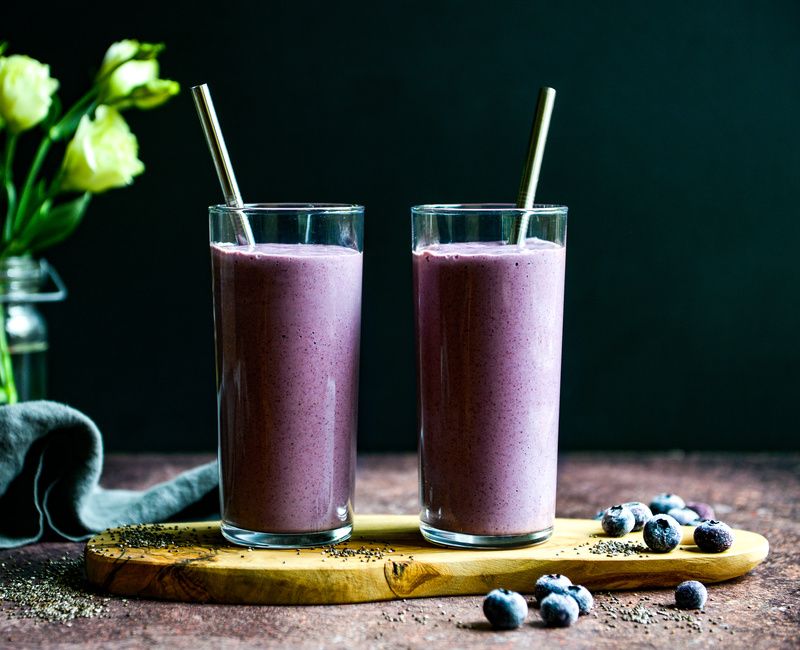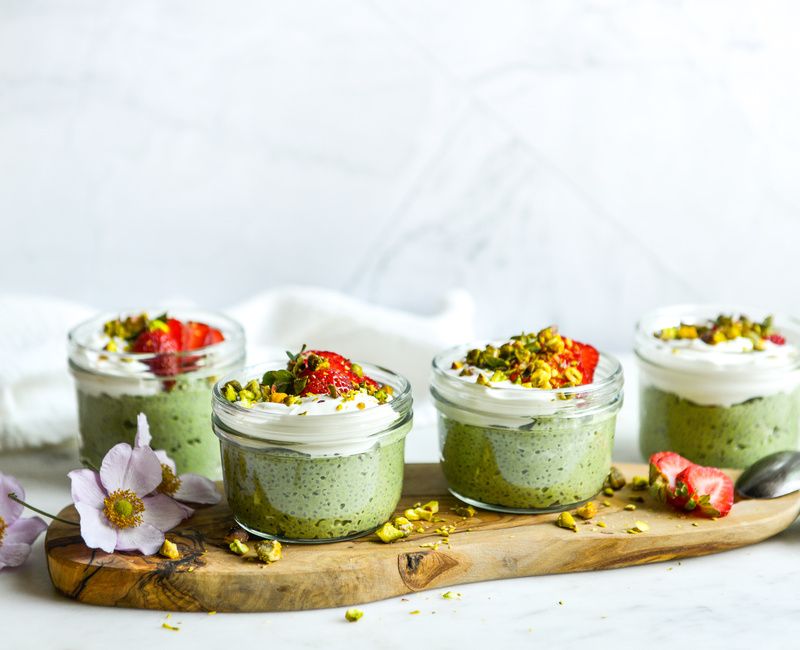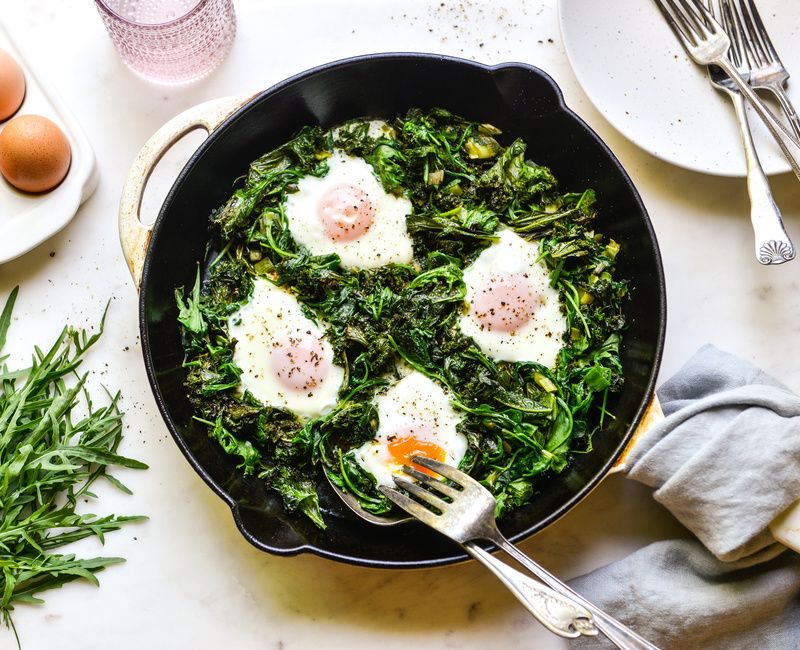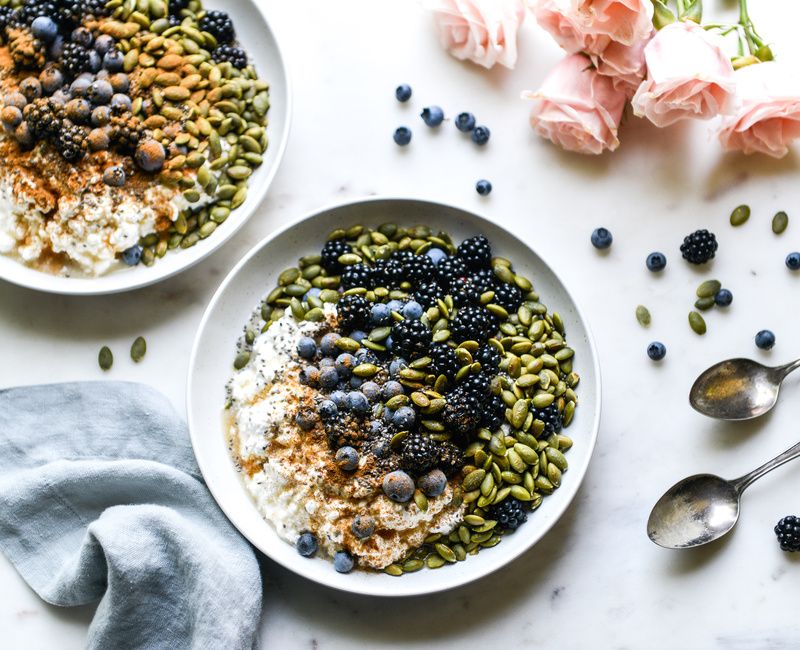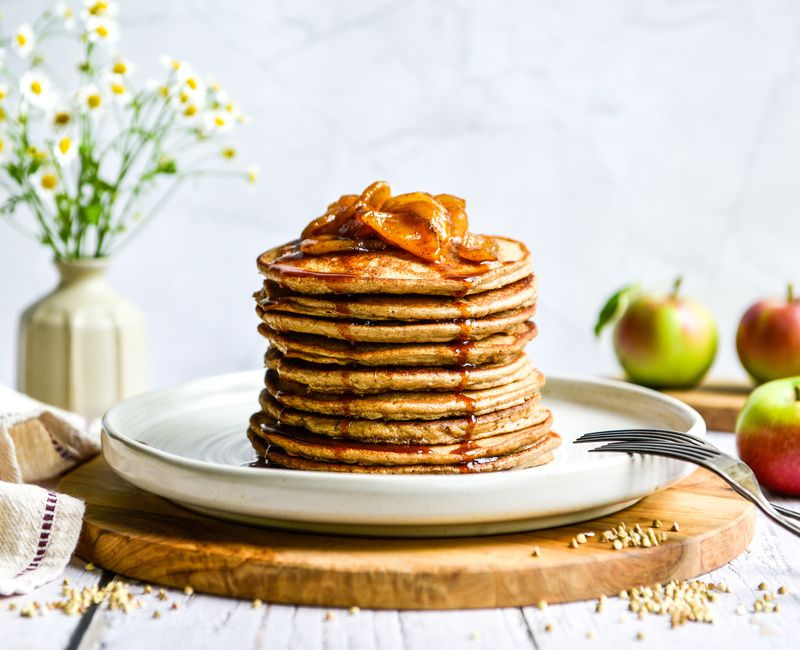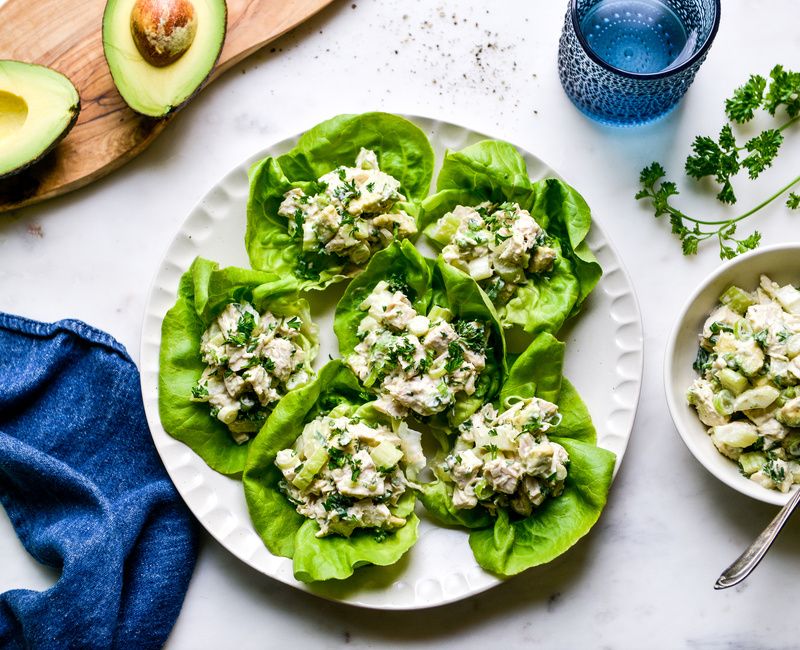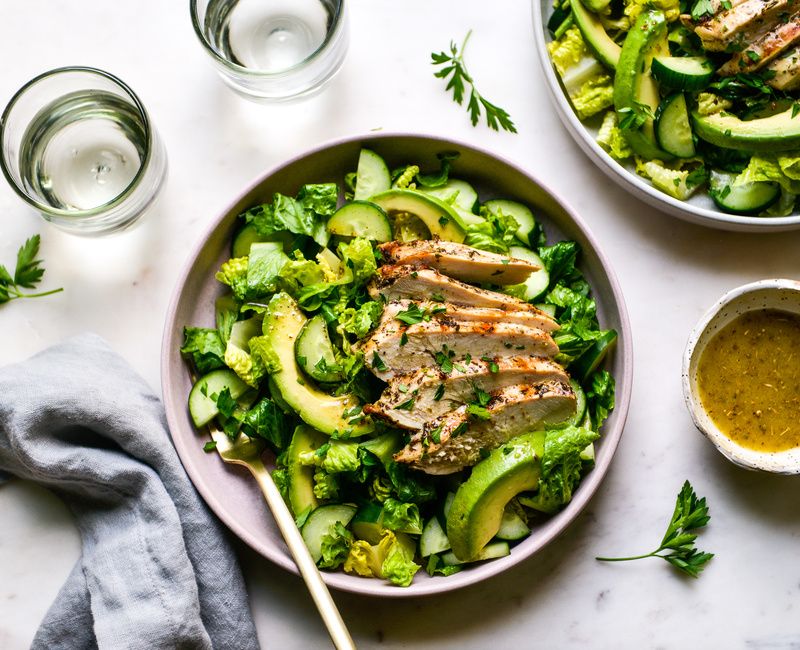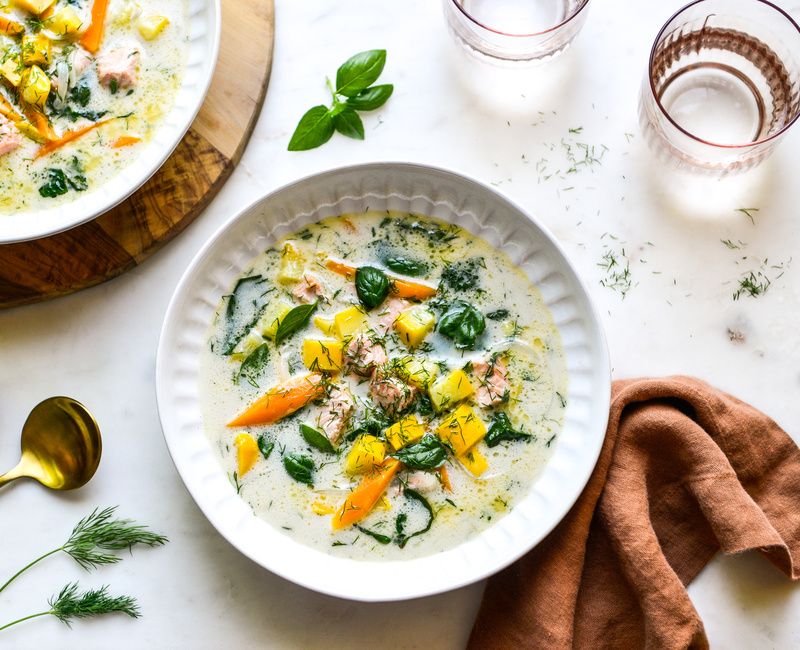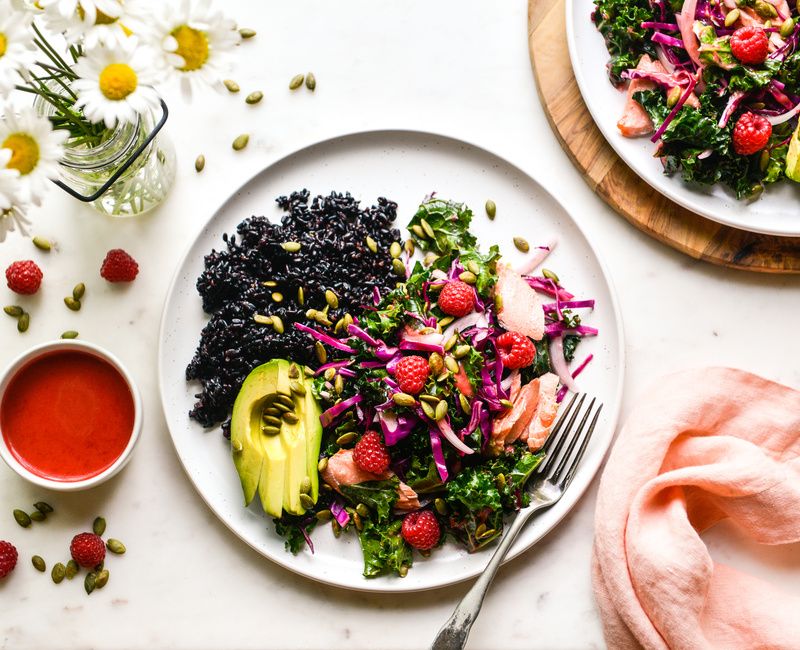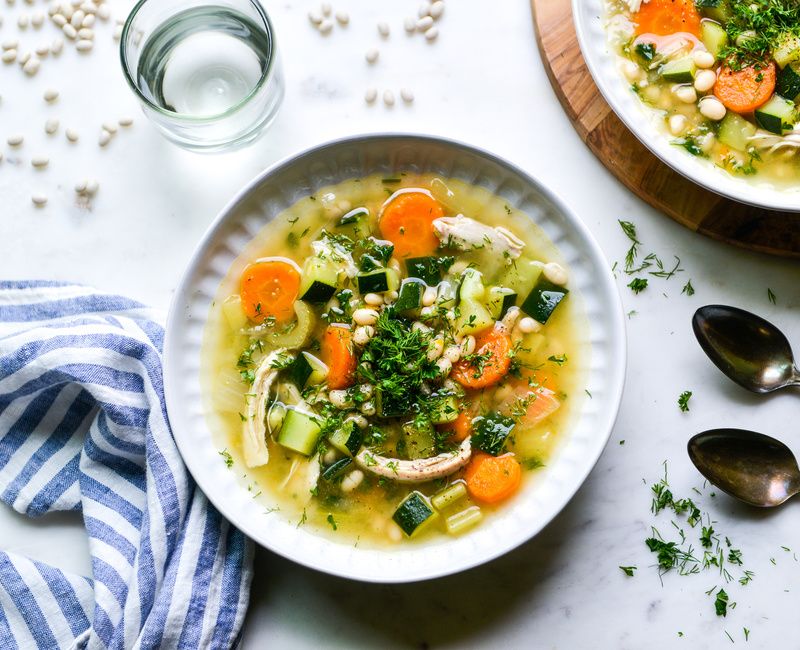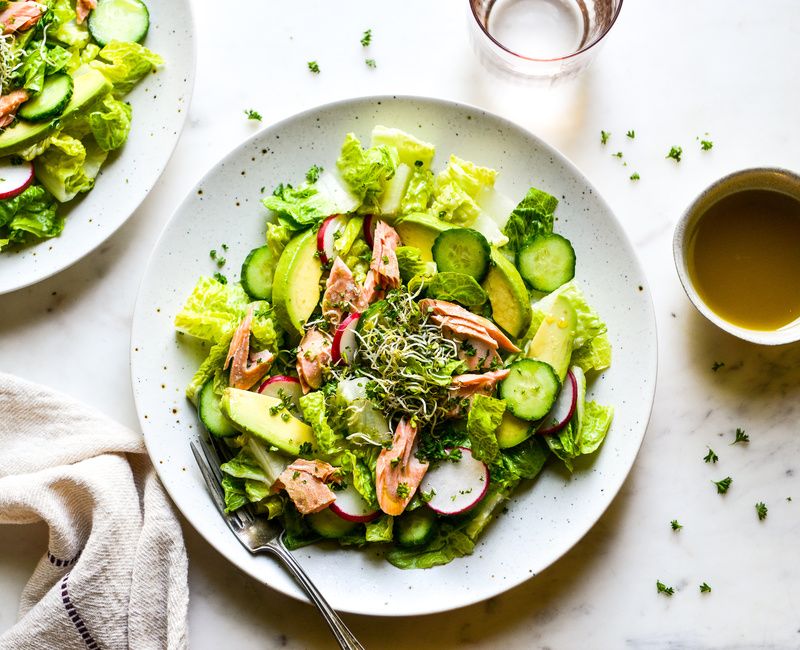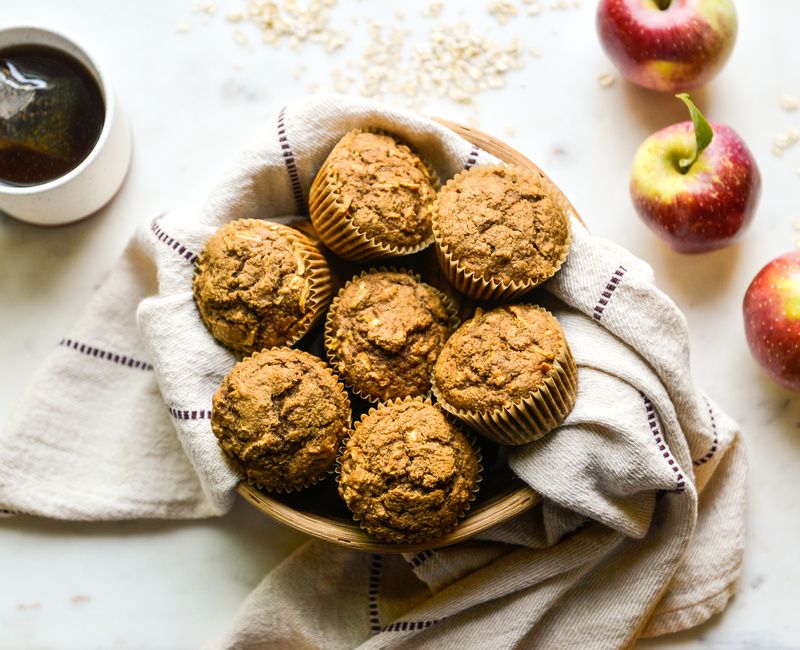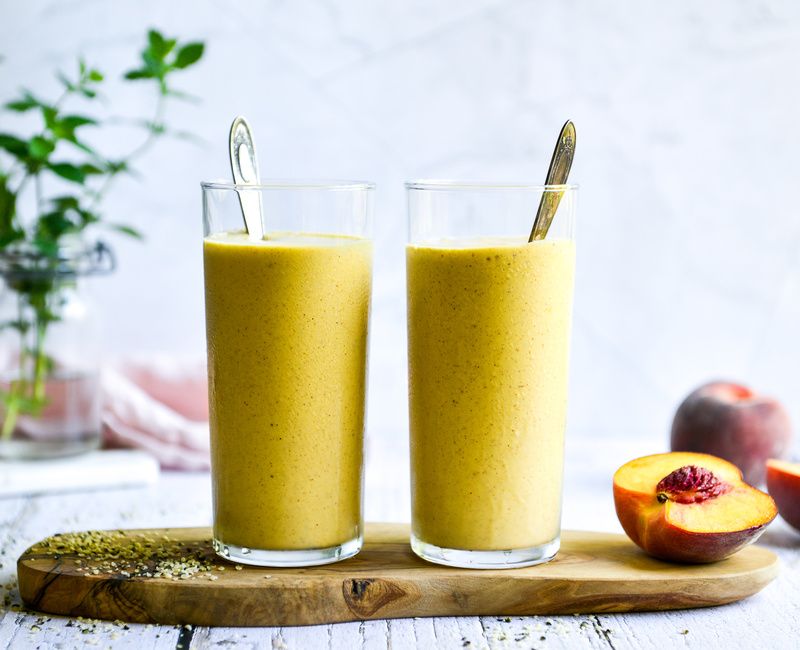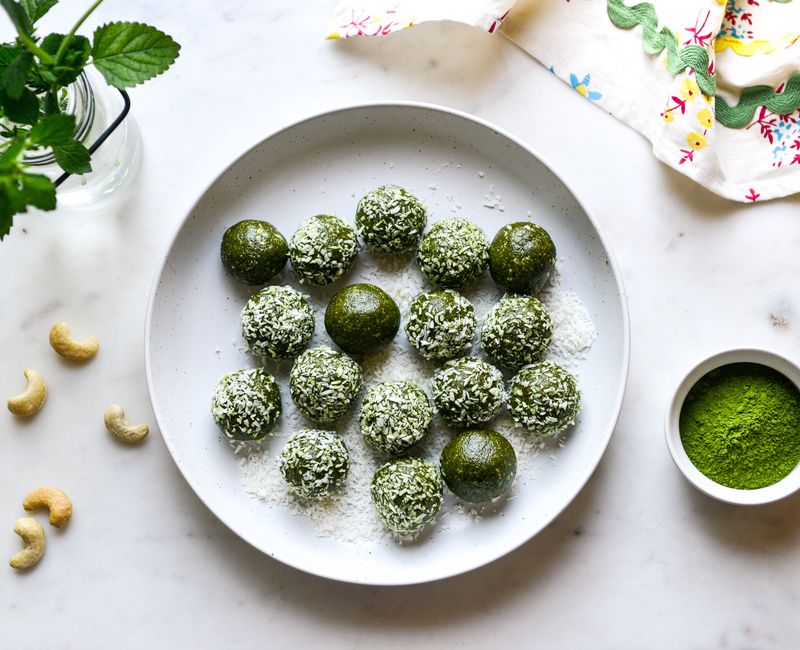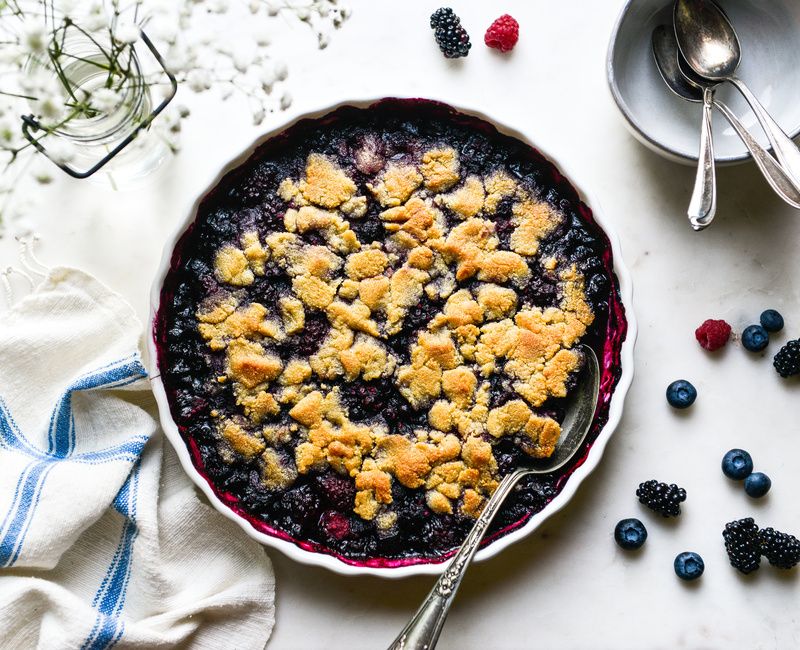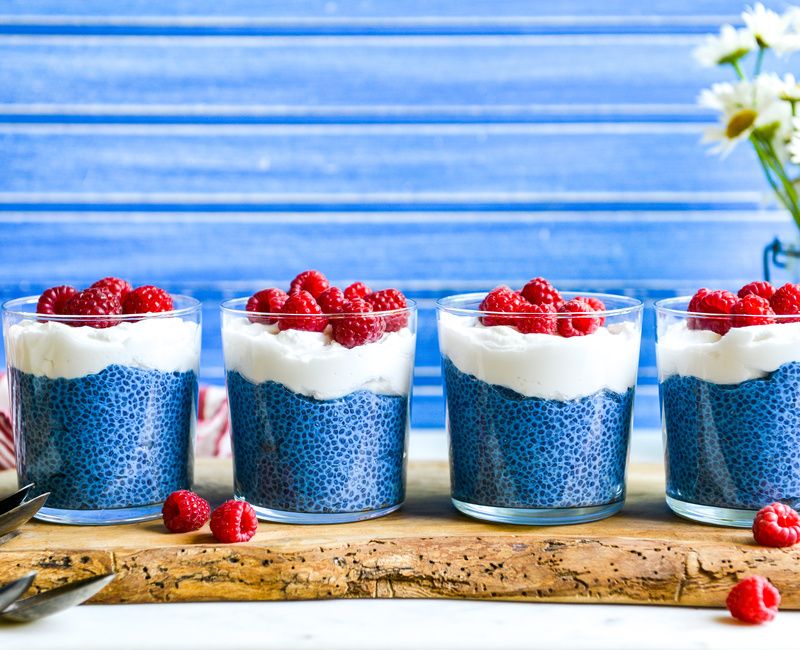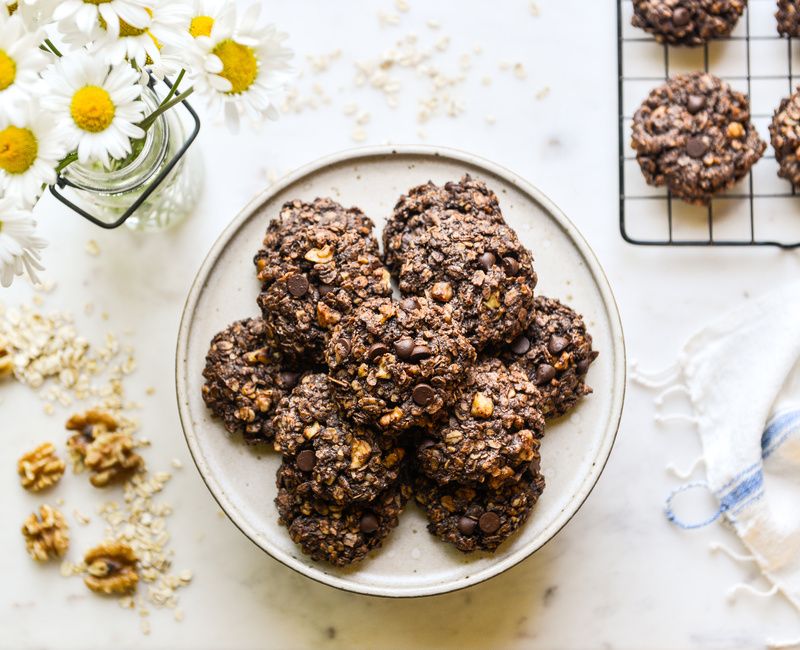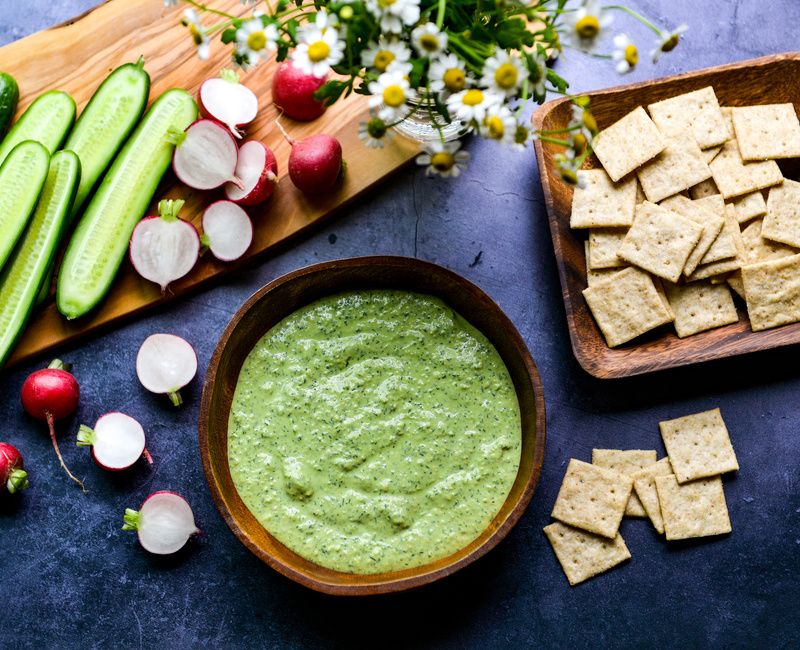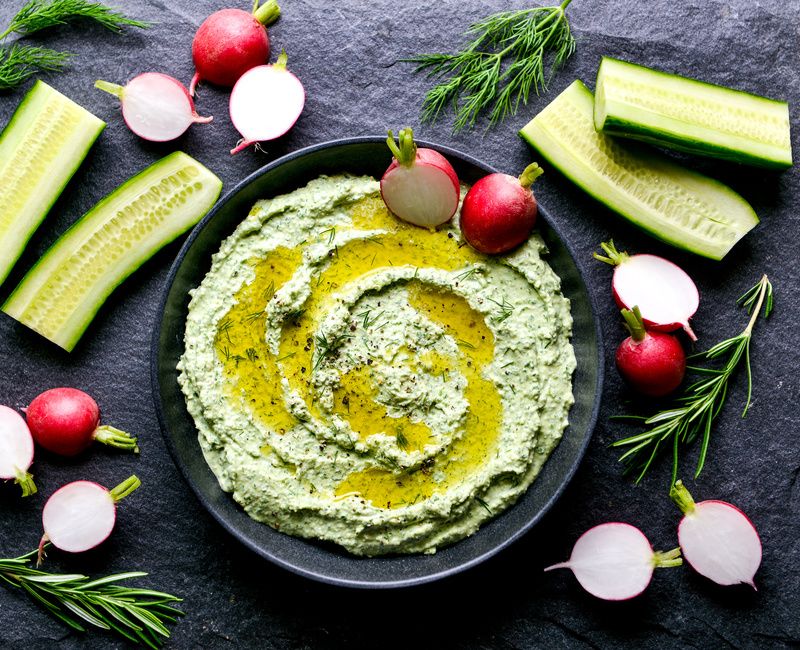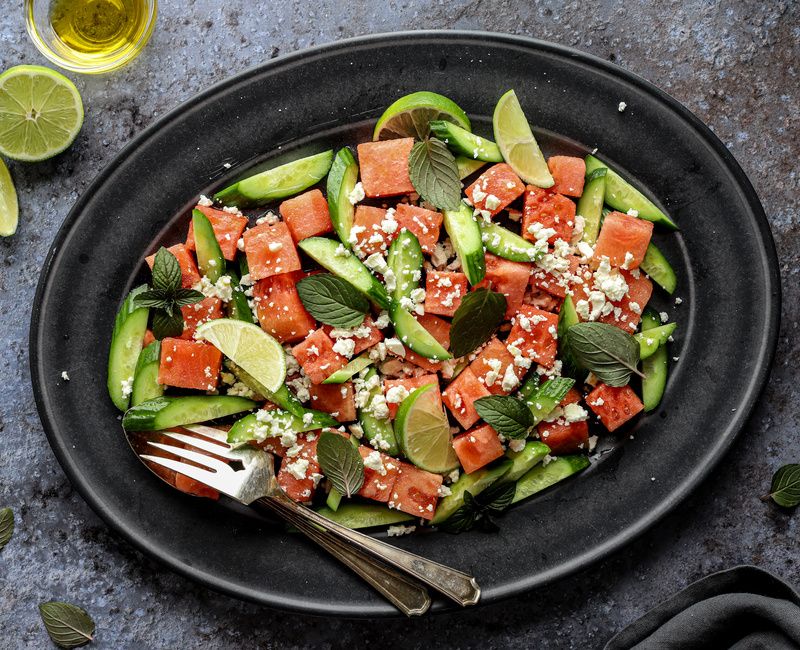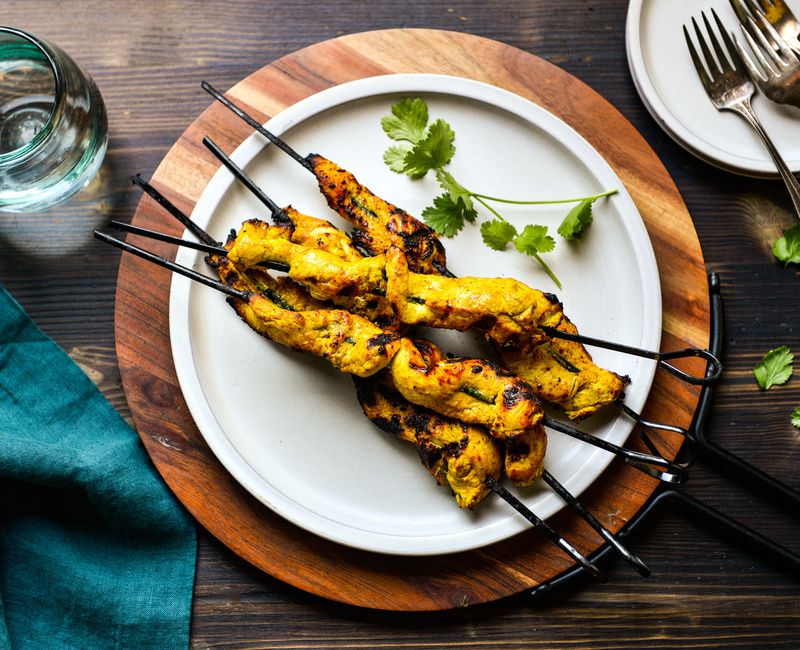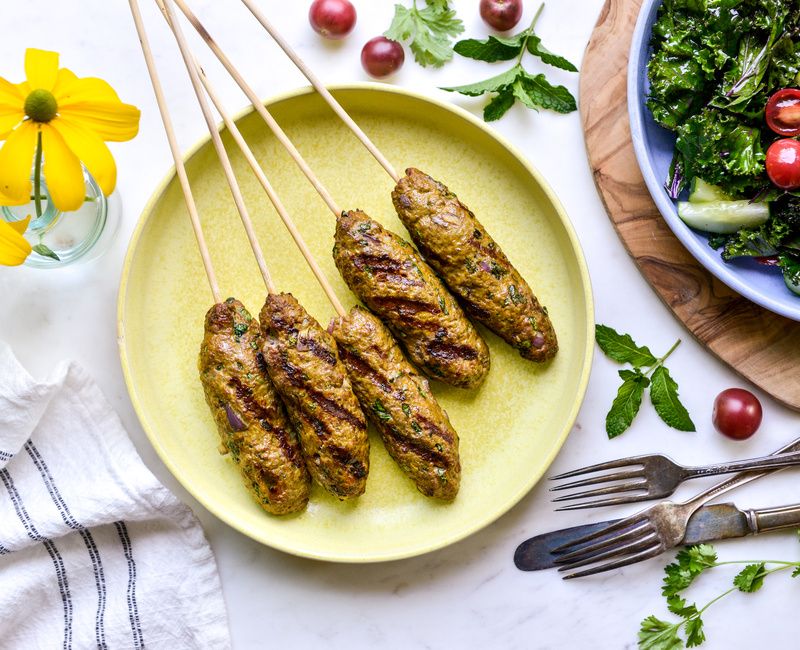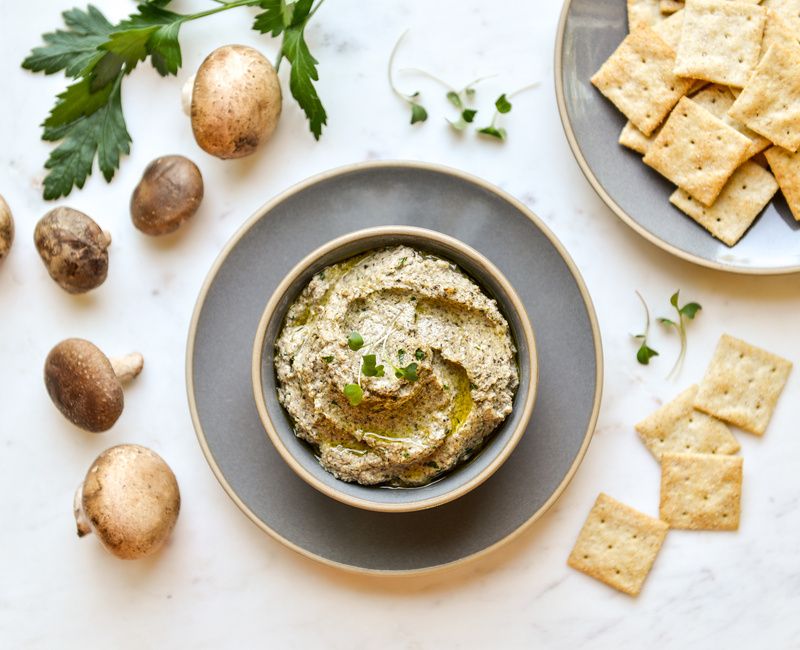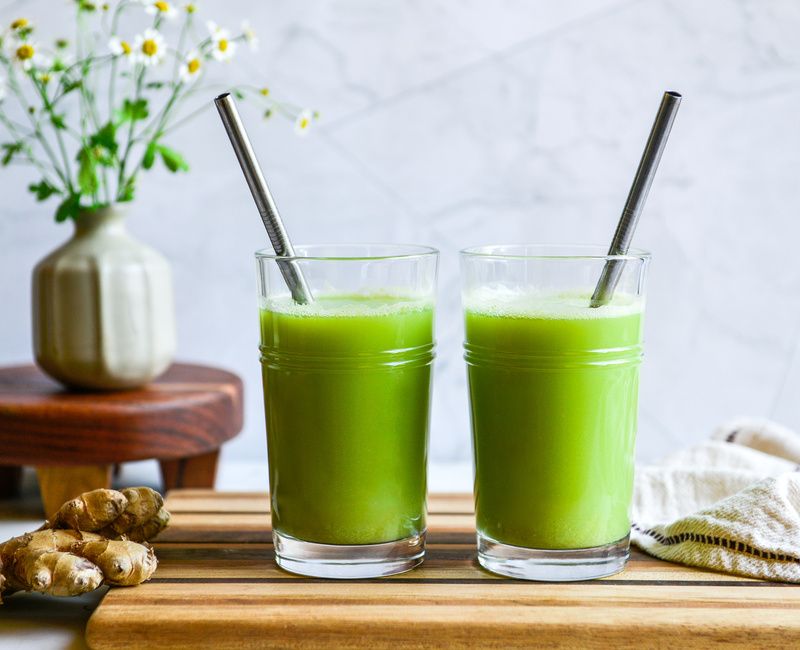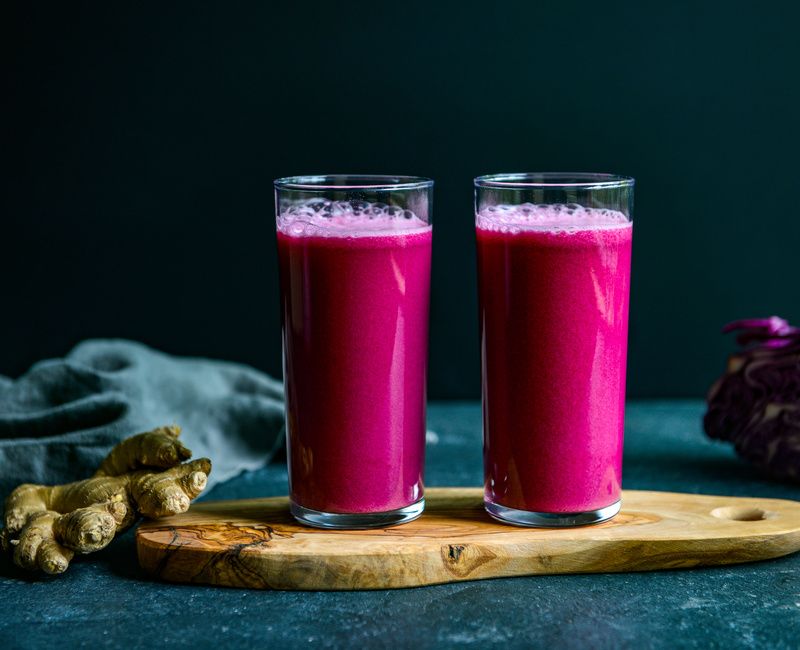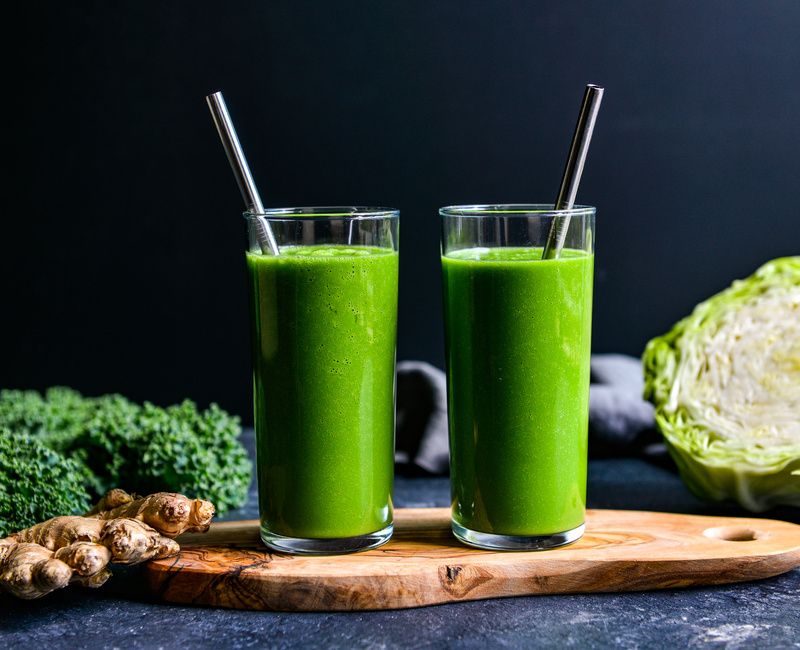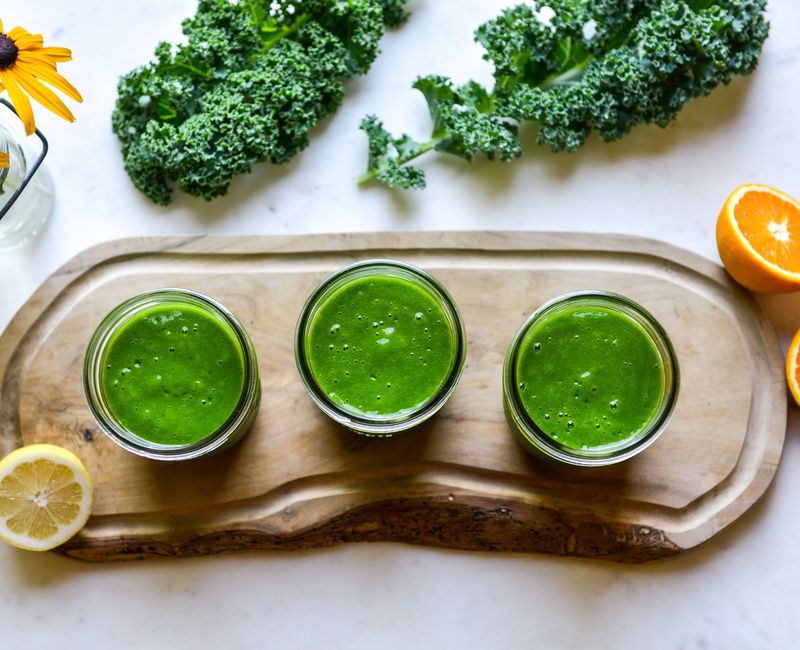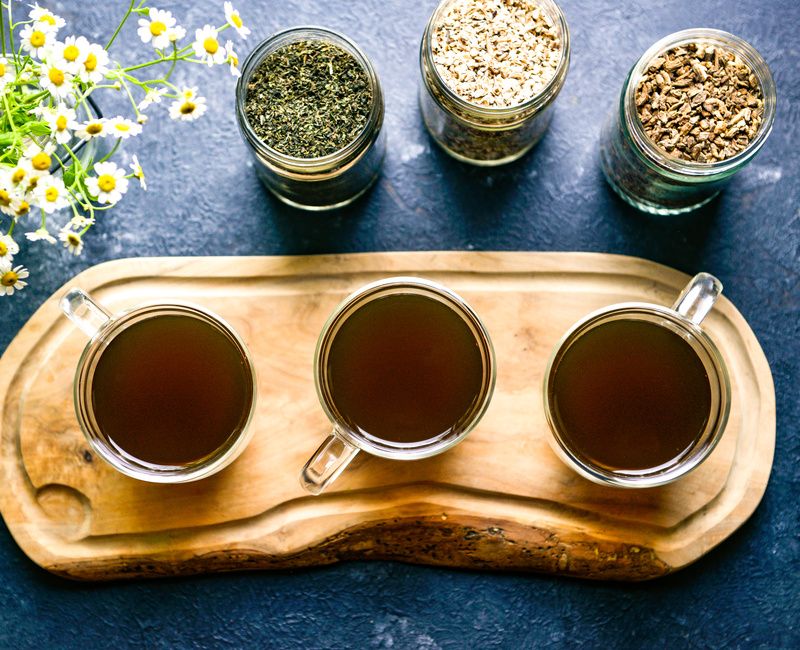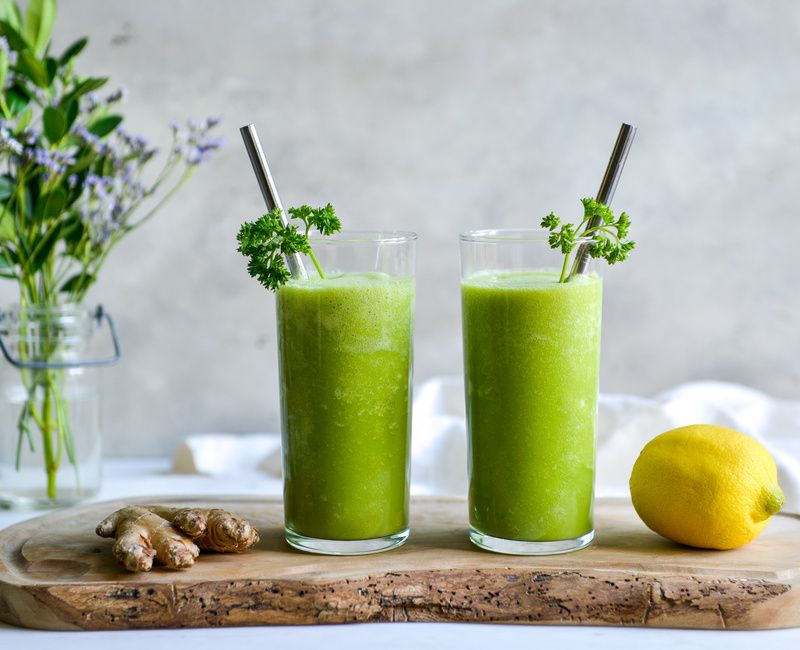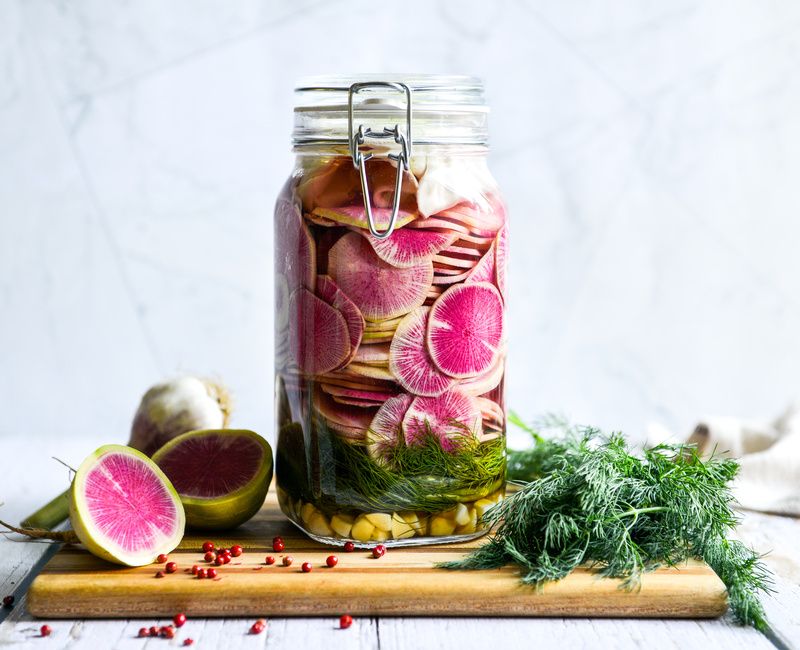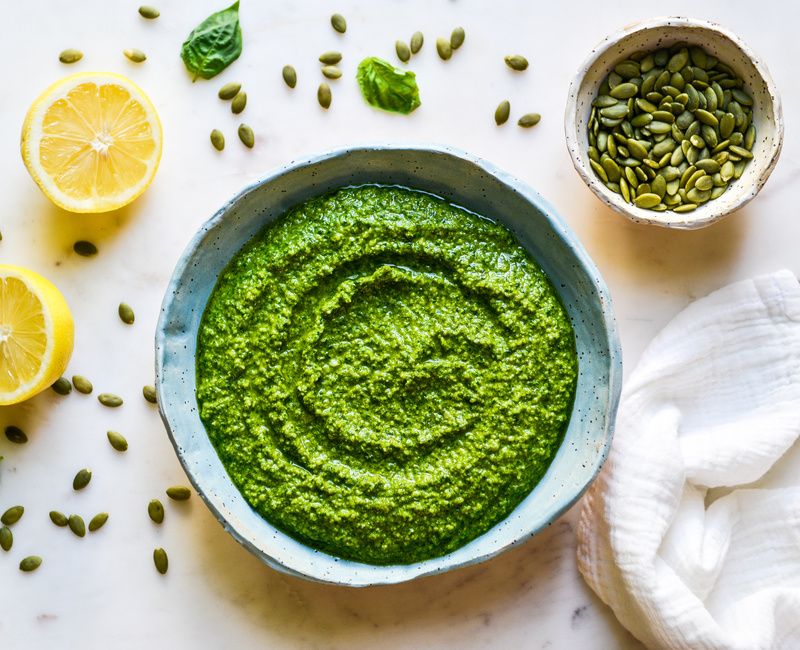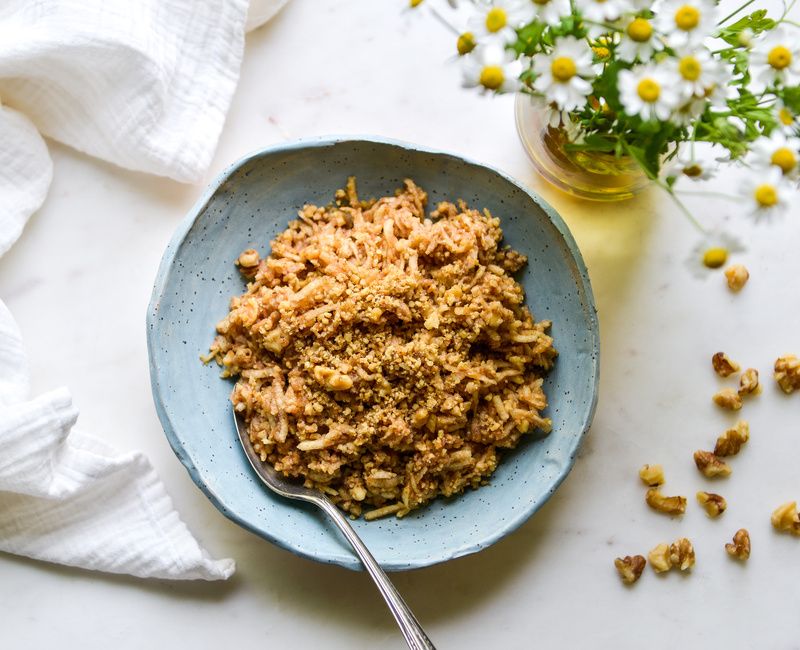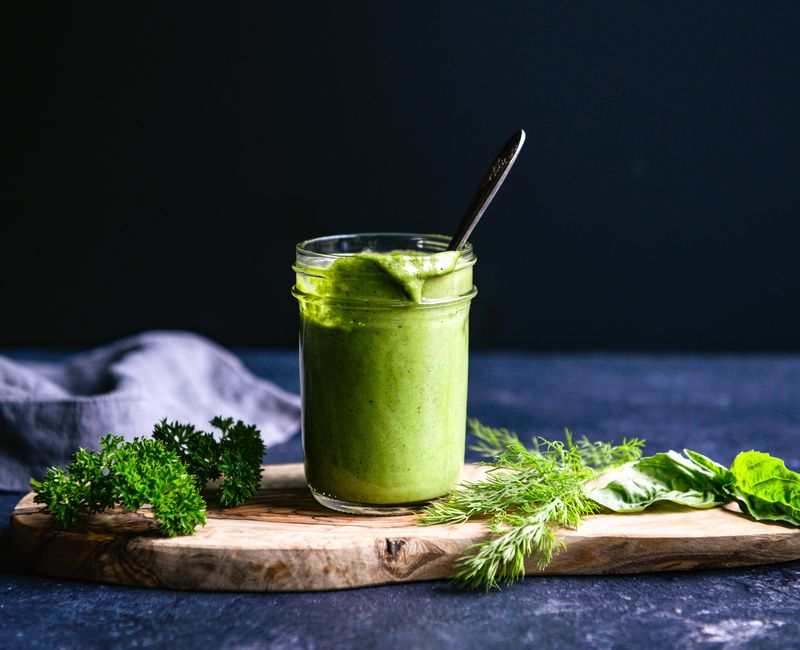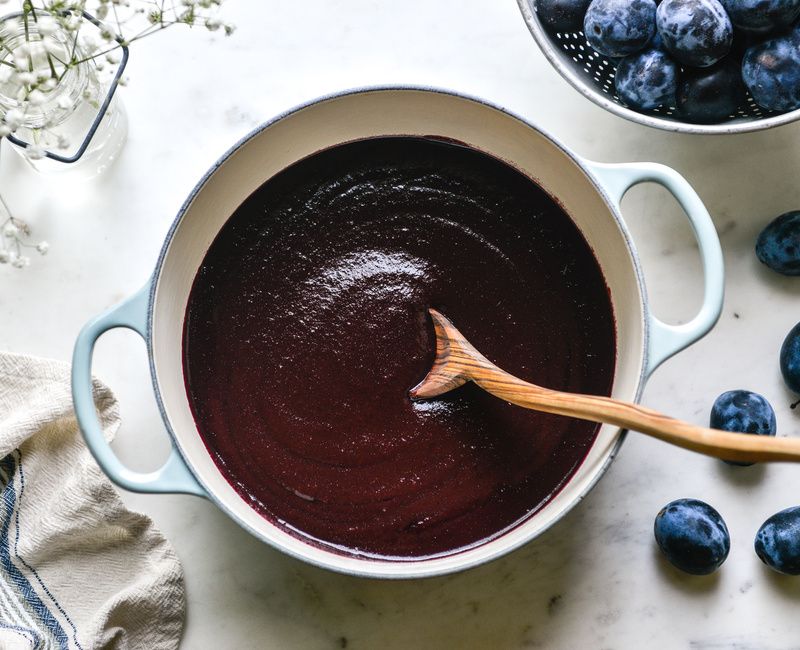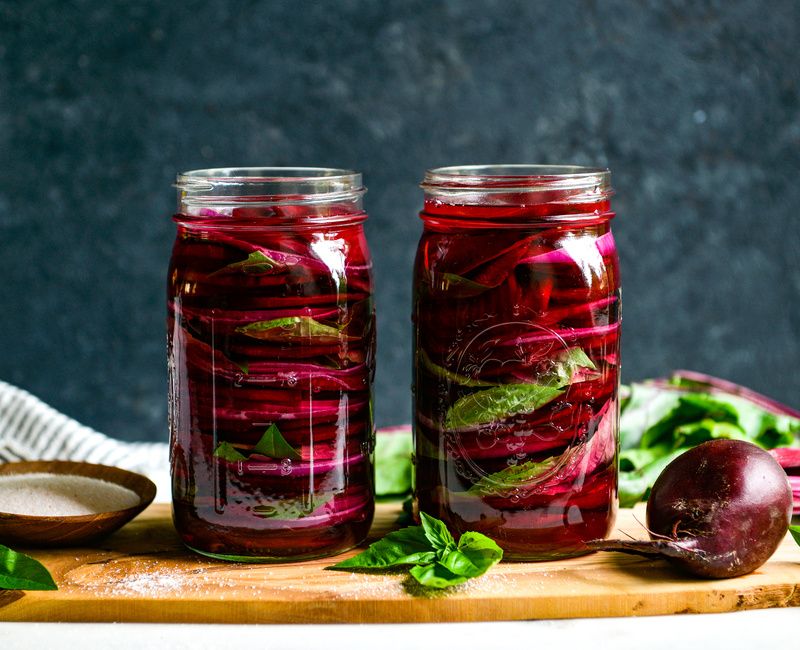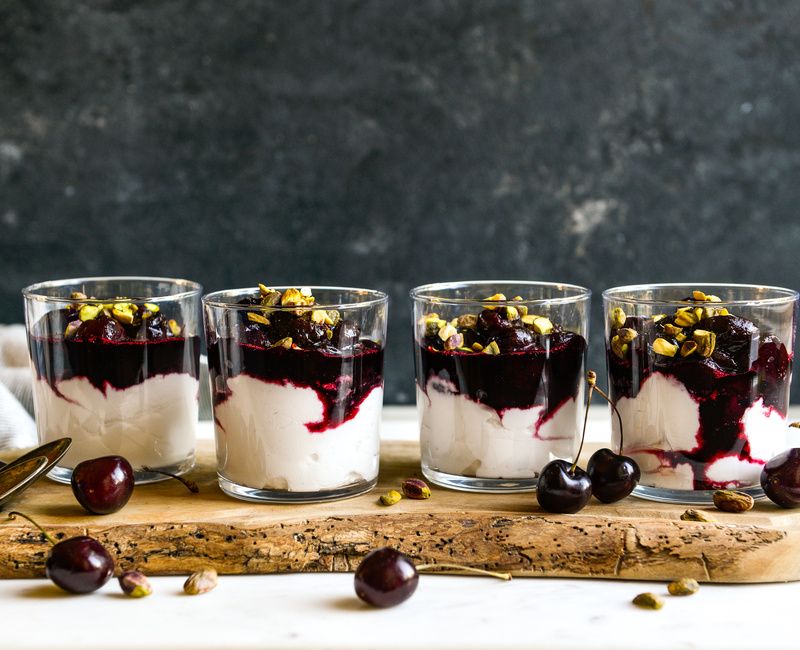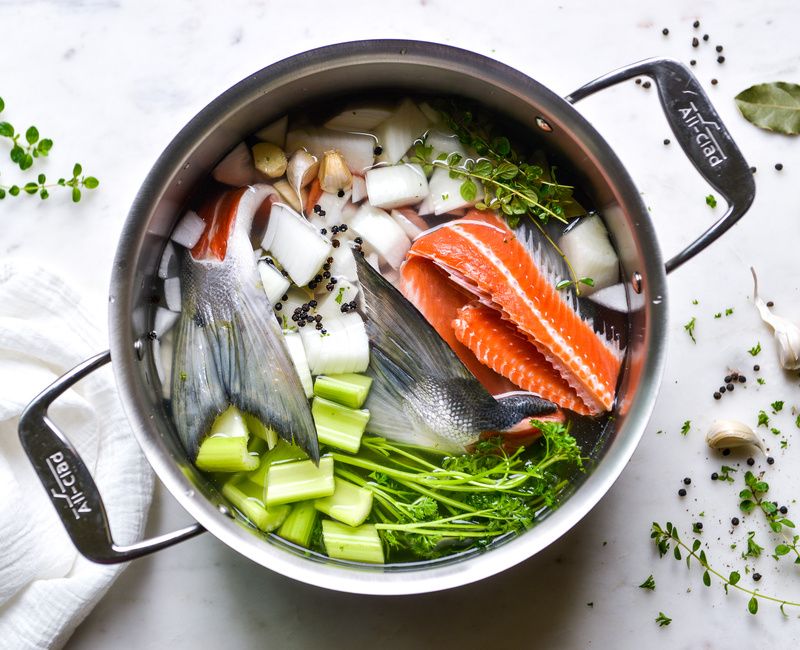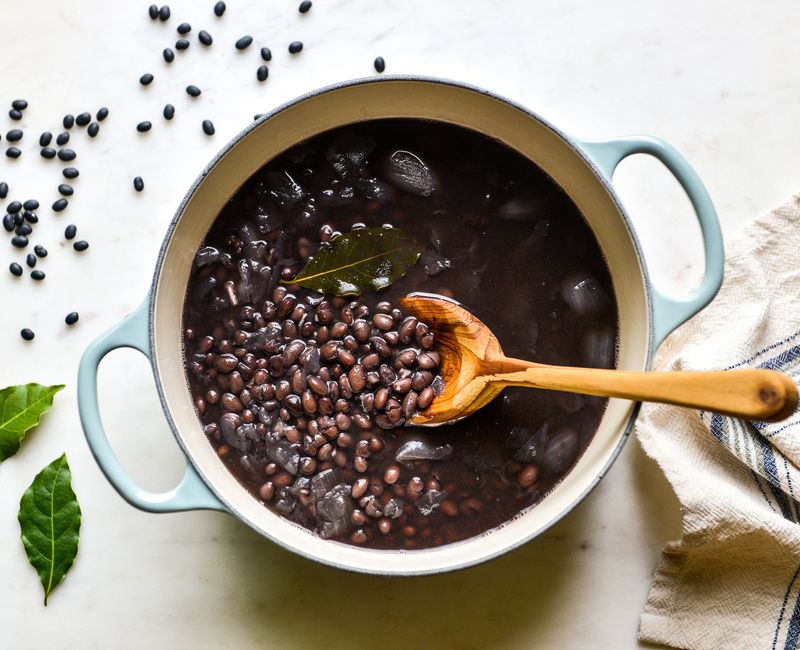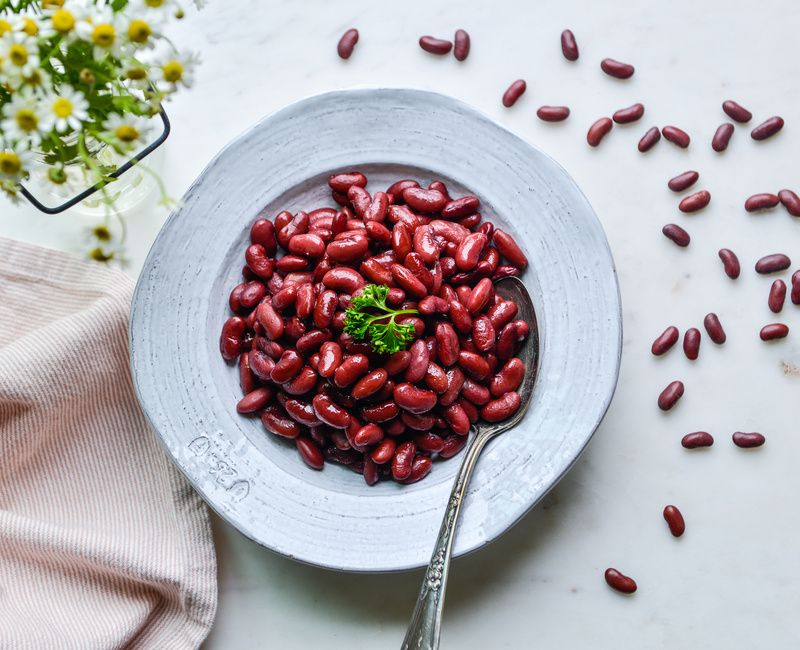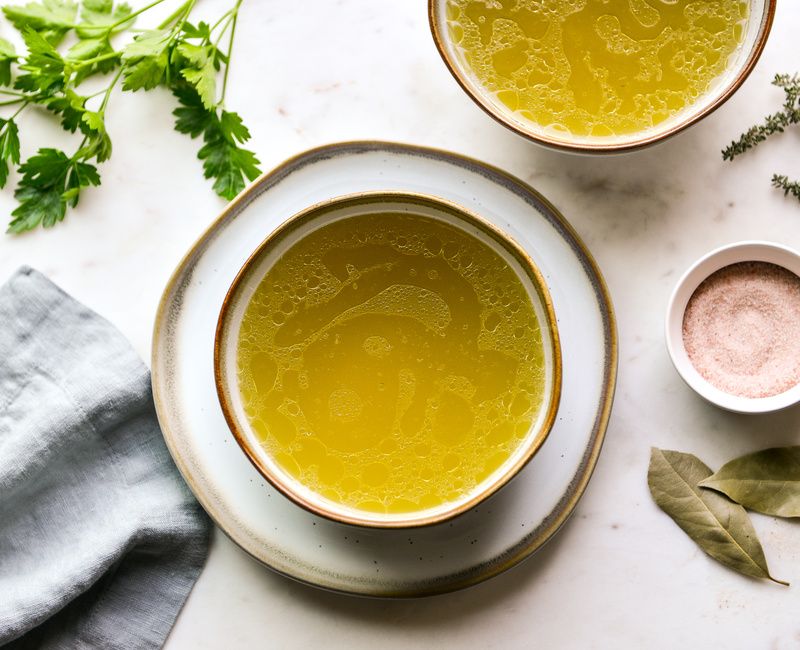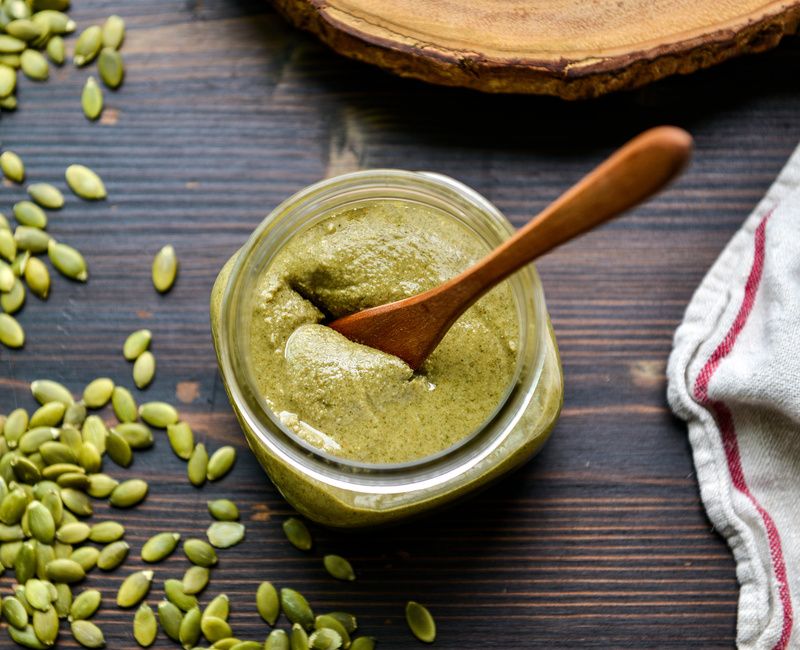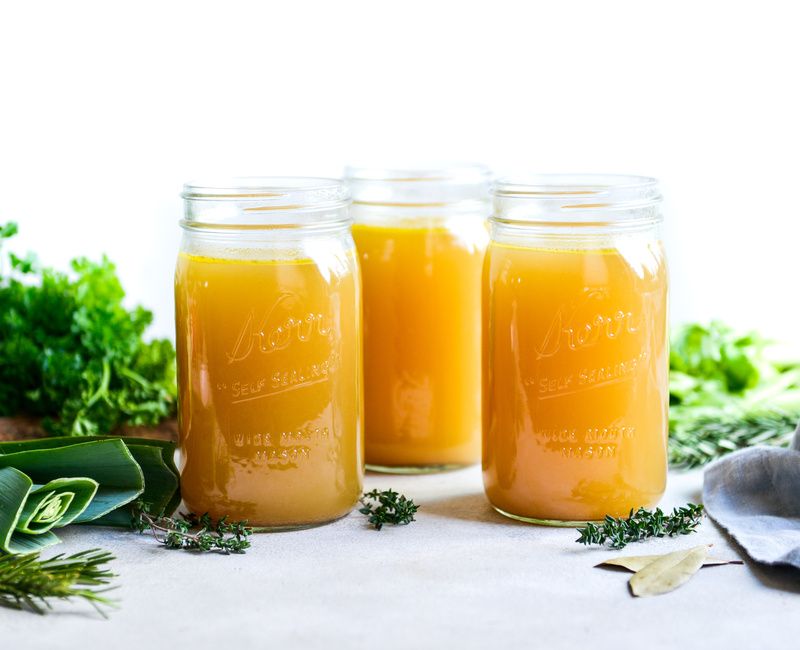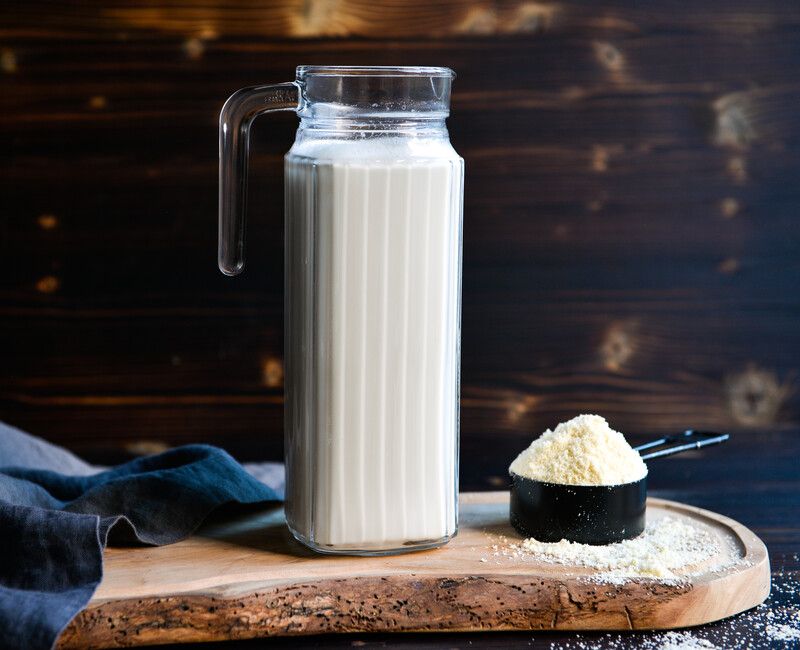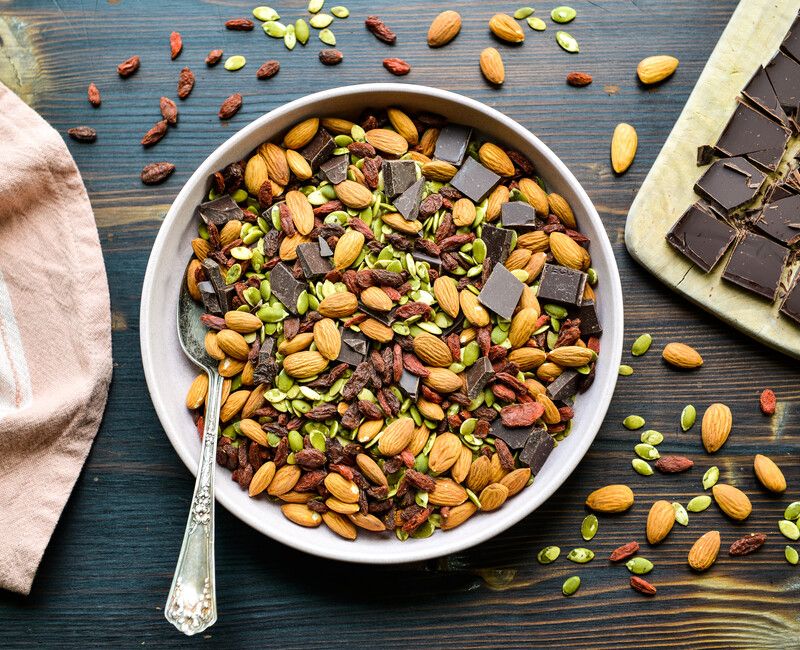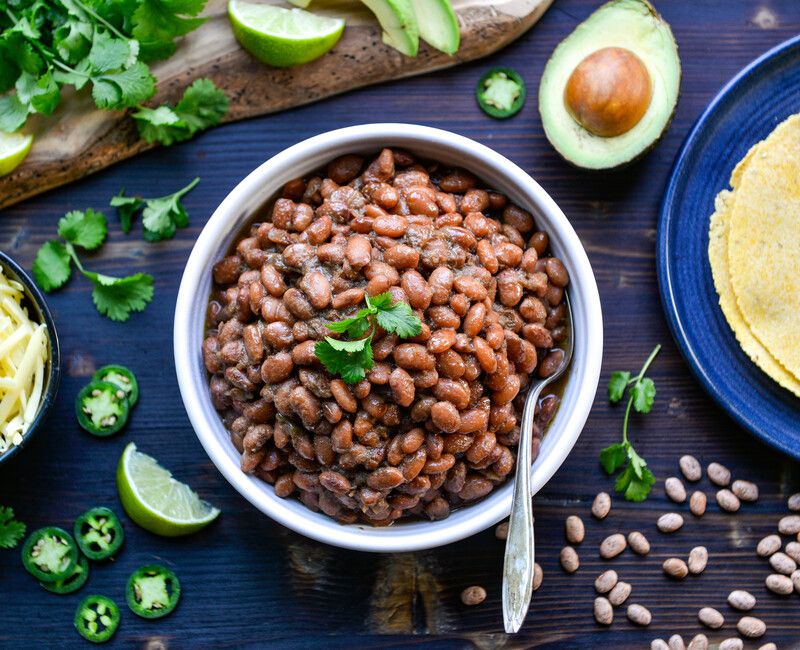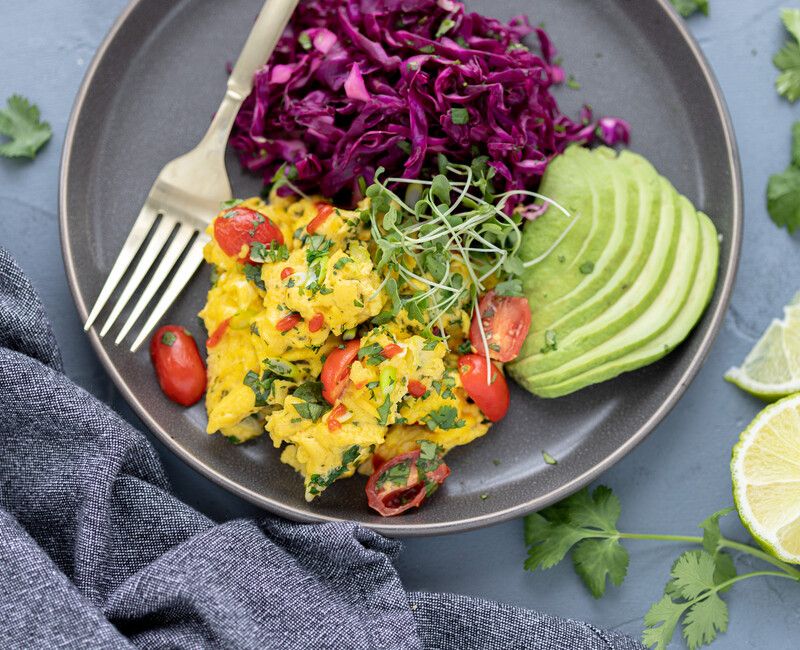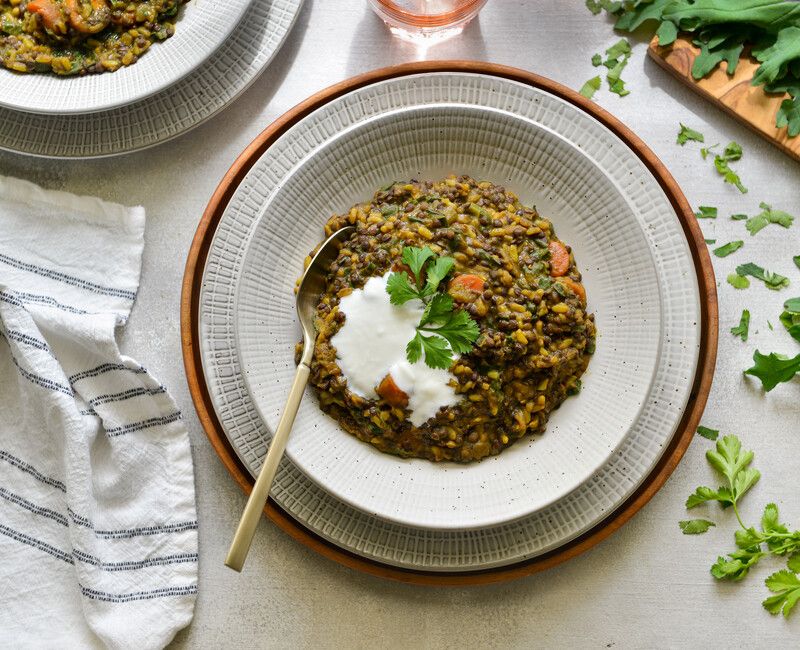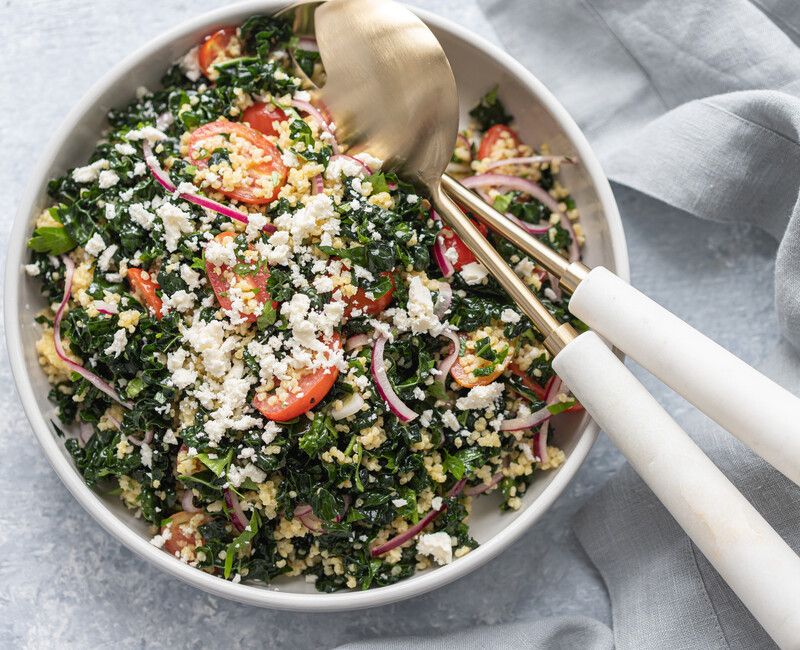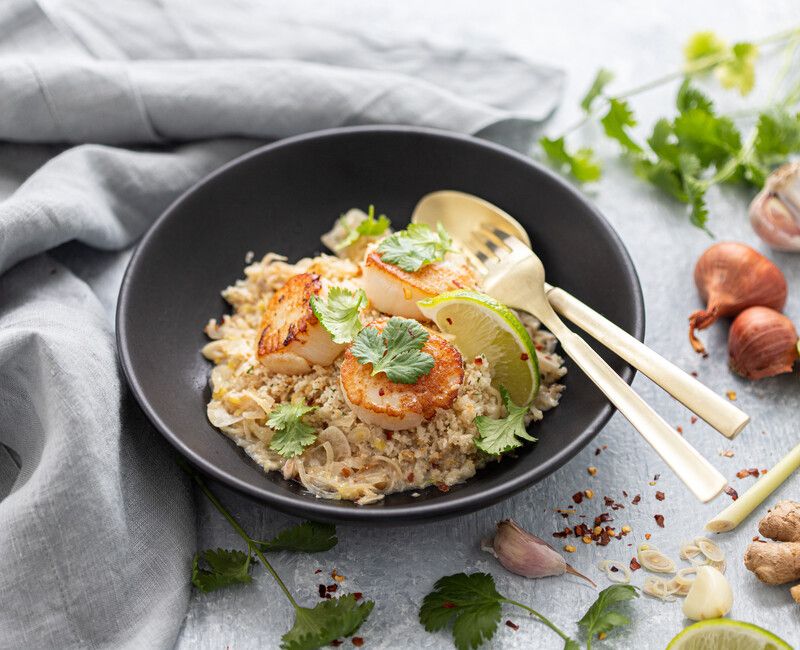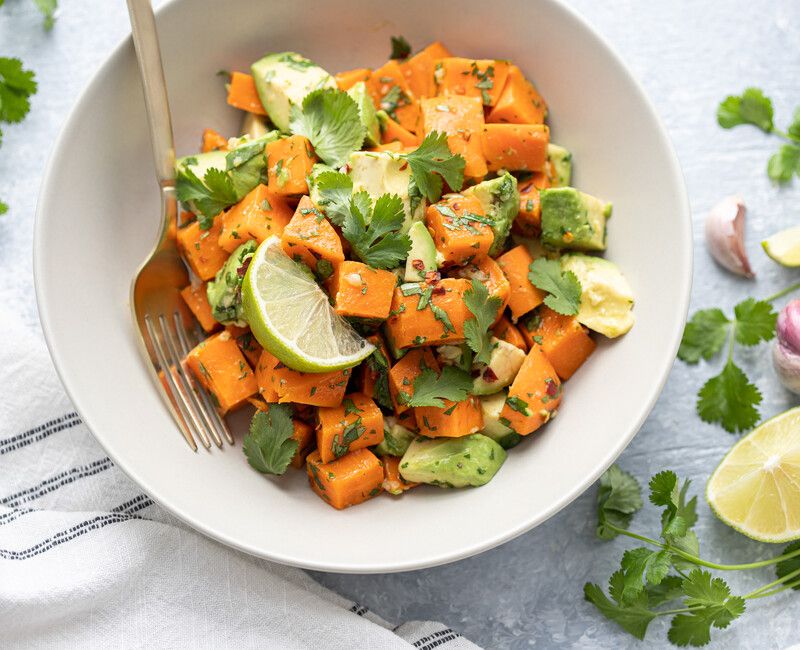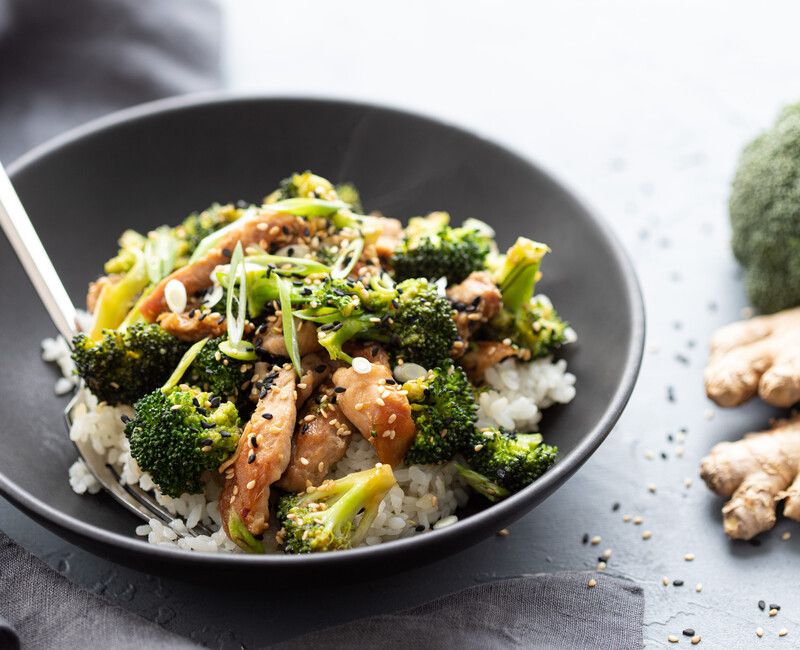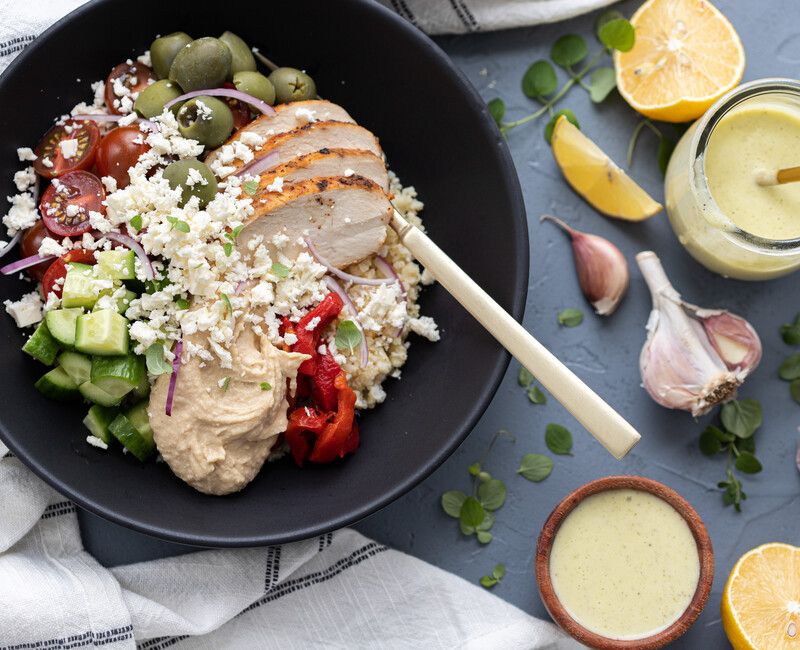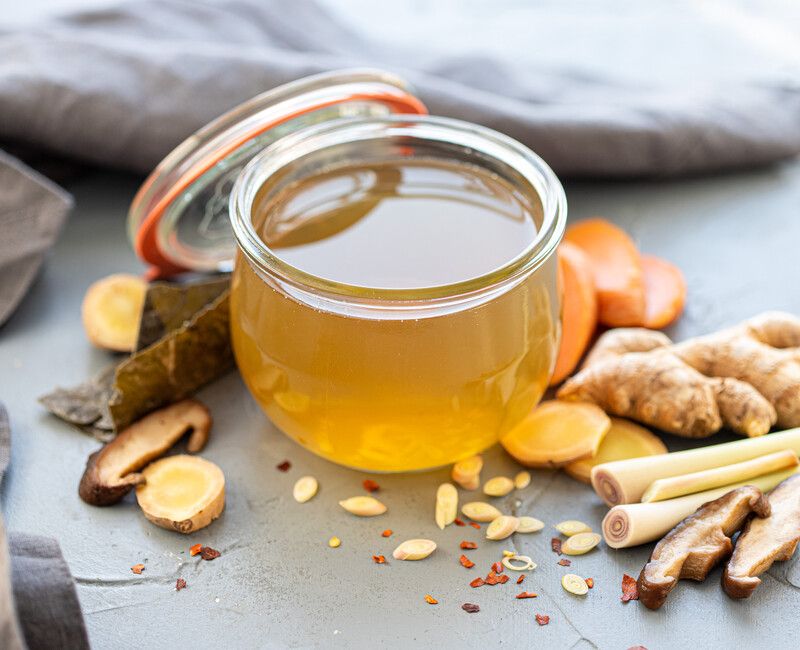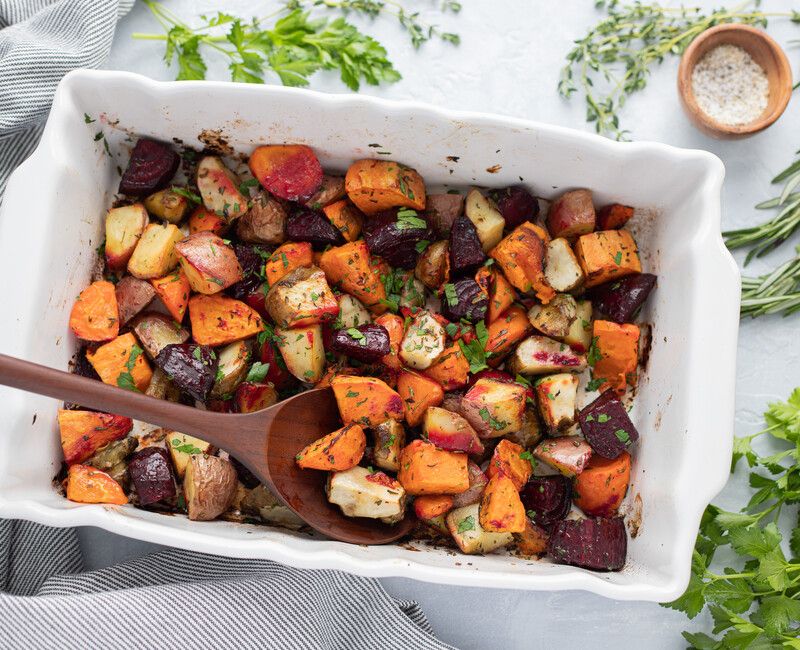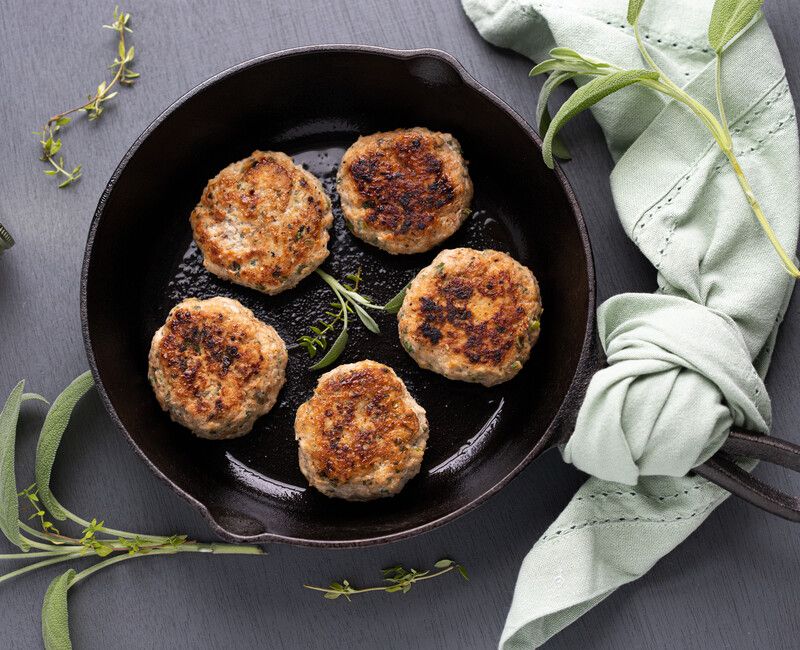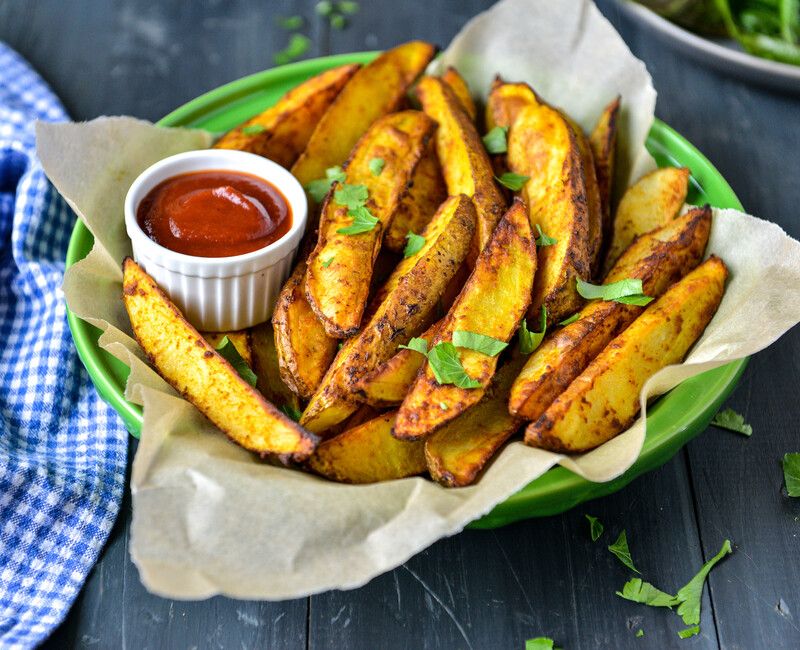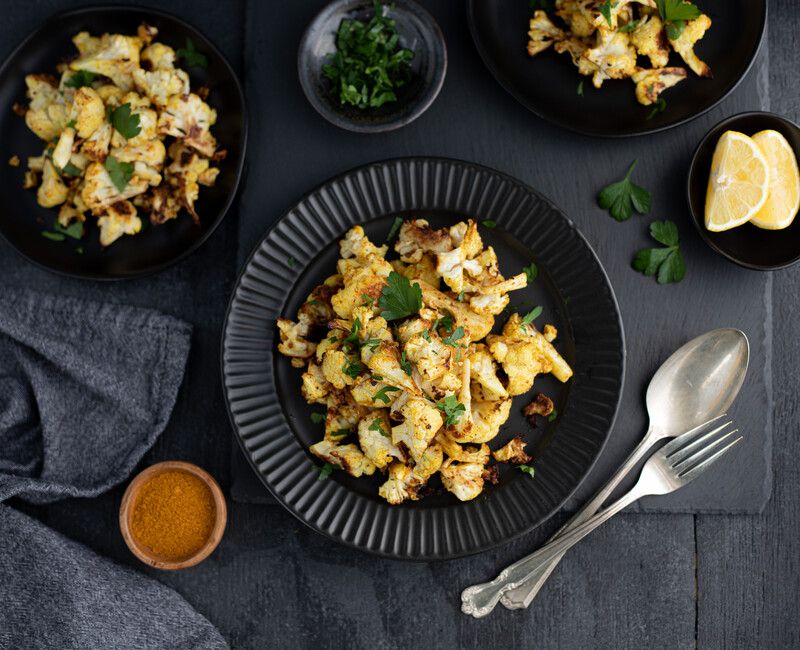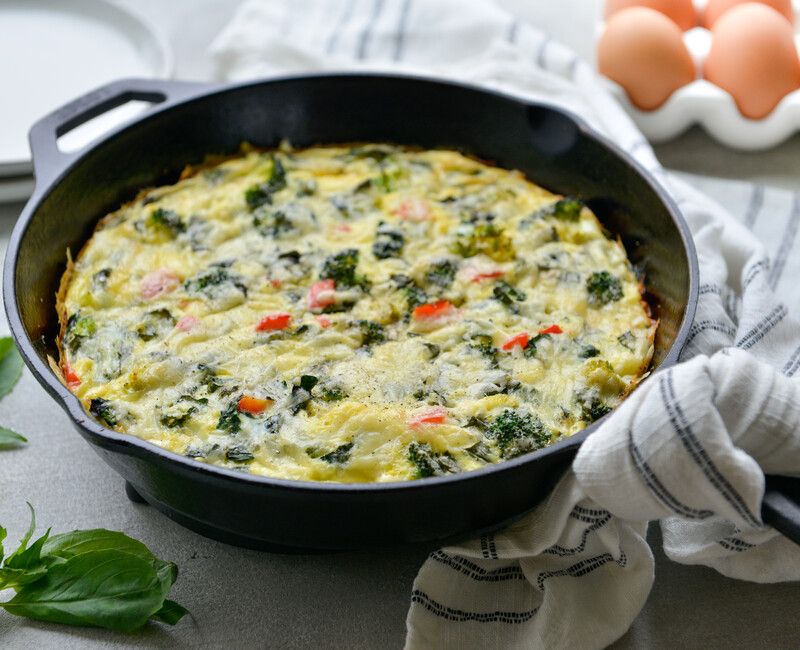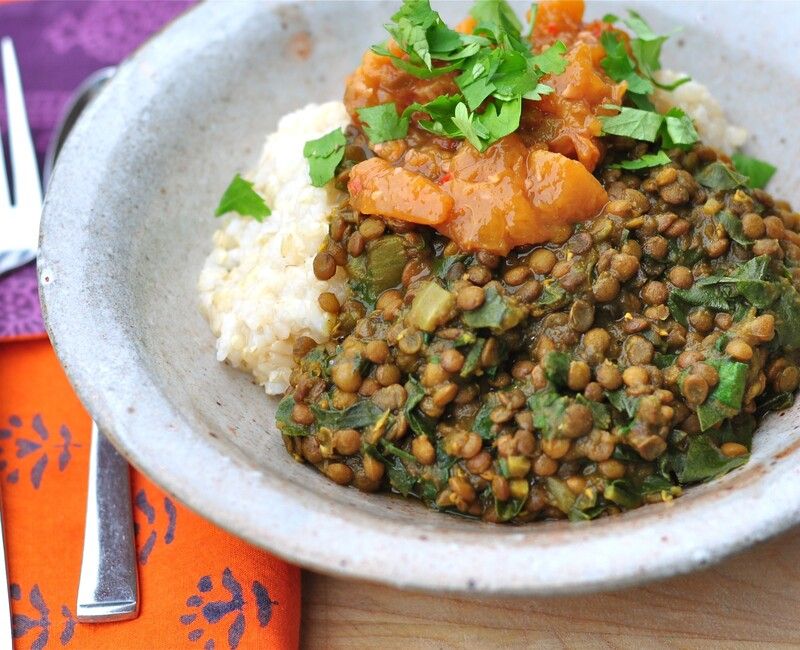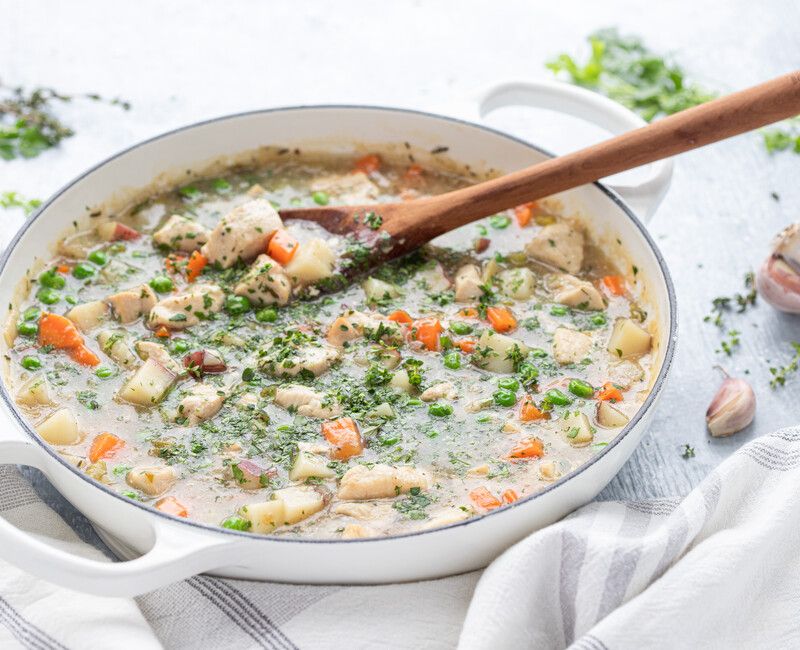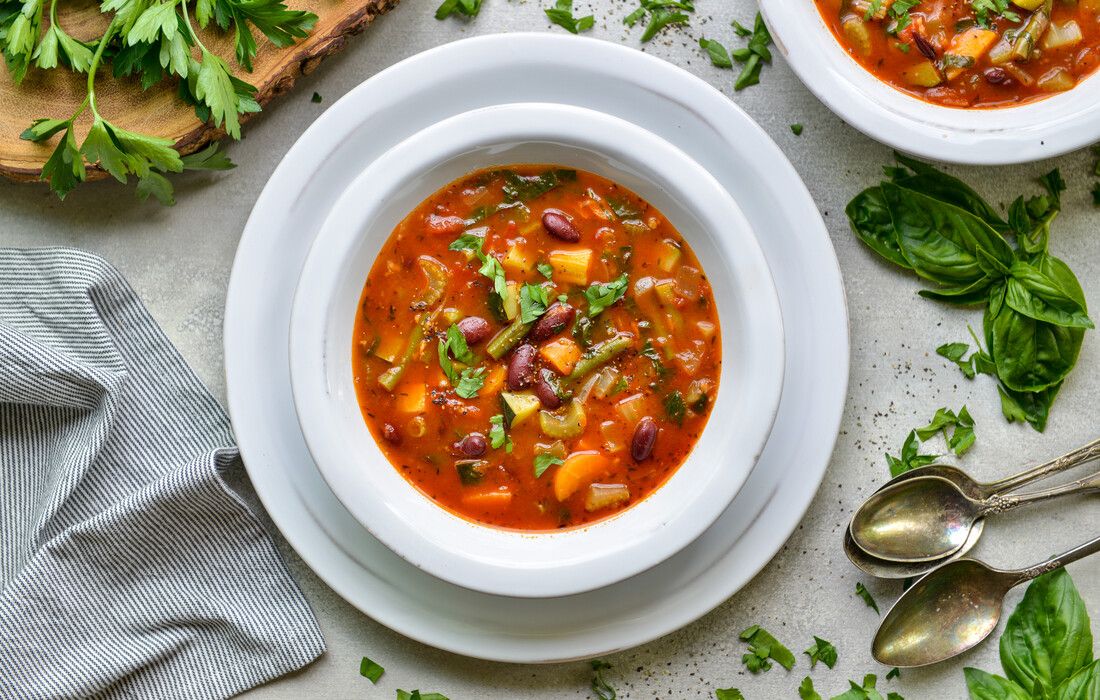Nightshade-Free
Some people feel like something is “off” in their bodies, even when they're eating healthy. Aches that linger, skin that flares, moods that dip—despite best efforts. For many, the hidden culprit is nightshade vegetables. These plants, while nutritious for some, can silently trigger inflammation, joint pain, skin issues, and digestive discomfort in others due to naturally occurring compounds like alkaloids and lectins. A Nightshade-Free Diet invites you to peel back the layers, remove potential triggers, and discover a new sense of clarity and comfort in your body. It’s not forever—it’s a phase of deep listening and healing. And the results can be profound.
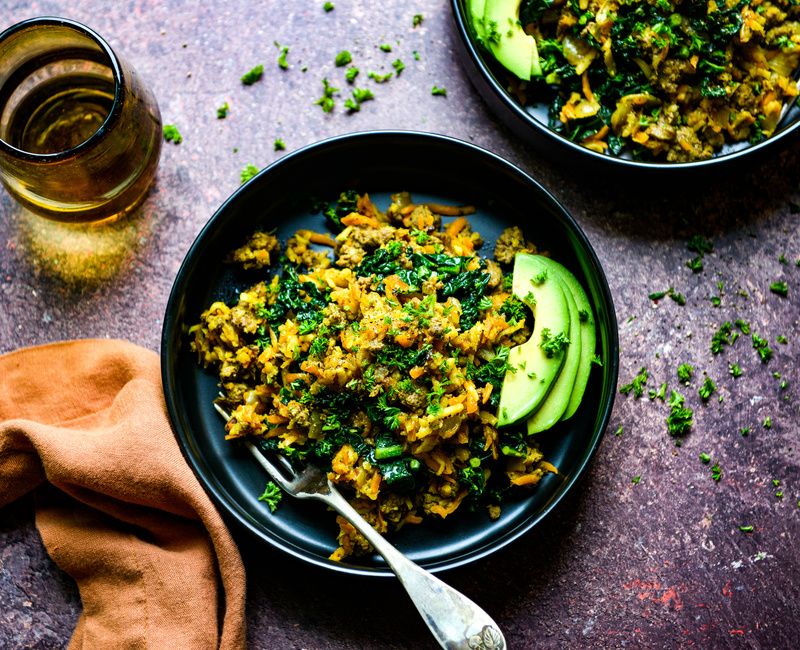
Latest Anti-Inflammatory Diet Recipes
Nightshade-Free Safe with Modifications
What is a Nightshade-Free Diet?
A Nightshade-Free Diet removes all foods from the Solanaceae family—commonly known as nightshades. These plants include tomatoes, potatoes, peppers (all types), eggplant, goji berries, and more. While these foods are nutrient-rich and health-supportive for many people, they contain specific compounds that can irritate the gut lining or provoke an immune response in sensitive individuals.
Nightshades naturally contain alkaloids such as solanine, capsaicin, and nicotine (yes, even in edible varieties), which plants use to defend themselves from insects and predators. In the human body, these compounds can be problematic for certain individuals—especially those with leaky gut, autoimmune disease, arthritis, or chronic inflammation. They may:
-
Disrupt gut barrier function in susceptible individuals
-
Activate immune cells, leading to inflammation
-
Contribute to joint or nerve pain by irritating tissues
-
Trigger flare-ups in skin conditions or GI symptoms
In a Nightshade-Free Diet, these foods are fully removed for a period of time—often 30 to 90 days—while the body is given the opportunity to calm inflammation and heal. After this reset phase, foods can be reintroduced one at a time, with care and mindfulness, to assess tolerance and reactions.
This diet is not meant to be restrictive or permanent for everyone. Instead, it is a targeted tool in the functional medicine toolkit to help uncover hidden food triggers, restore gut-immune balance, and provide relief from persistent symptoms that haven’t resolved with other dietary changes.
By temporarily removing nightshades, you're giving your body a chance to rest, reset, and communicate more clearly. And through this process, you gain the most powerful insight of all—what truly works for your unique body.
Who is the Nightshade-Free Diet For?
This diet may be supportive if you experience:
-
Joint pain or stiffness, especially in the morning
-
Autoimmune symptoms (e.g., Hashimoto’s, RA, lupus)
-
Skin conditions like eczema, psoriasis, or acne
-
Chronic headaches or migraines
-
IBS or unexplained digestive distress
-
Fatigue or brain fog following meals containing nightshades
It’s also helpful for those going through an Elimination Diet and wanting to assess potential reactivity to nightshades during reintroduction.
How Does the Nightshade-Free Diet Work?
Nightshades contain naturally occurring chemical compounds—such as solanine, capsaicin, and lectins—that can irritate the gut lining or stimulate the immune system in sensitive individuals. Removing these foods allows inflammation to calm down and provides the opportunity to assess whether symptoms improve in their absence.
Once symptoms reduce or resolve, nightshades can be reintroduced one at a time in a structured way to determine individual tolerance.
Foods to Eat on a Nightshade-Free Diet:
There are abundant delicious options to enjoy. Focus on anti-inflammatory, nutrient-dense whole foods, including:
Vegetables (non-nightshade):
-
Leafy greens (kale, spinach, collards)
-
Cruciferous vegetables (broccoli, cauliflower, cabbage)
-
Carrots, beets, celery, cucumber, zucchini, squash
-
Sweet potatoes and yams (not nightshades!)
-
Onions, garlic, fennel, leeks
Fruits:
-
Apples, berries, pears, citrus, melons, grapes
-
Bananas, mangos, peaches, plums
Proteins:
-
Grass-fed meats, poultry, wild-caught fish
-
Eggs (if tolerated), legumes (if tolerated)
Healthy Fats:
-
Avocados, olive oil, coconut oil, ghee
-
Nuts and seeds (almonds, chia, hemp, sunflower)
Grains (if included in your protocol):
-
Rice, quinoa, millet, buckwheat, oats (certified GF if needed)
Herbs & Spices (non-nightshade):
-
Turmeric, ginger, cumin, coriander, cinnamon, basil, rosemary, thyme
Foods to Avoid on a Nightshade-Free Diet:
All nightshade-family foods must be avoided during the elimination phase, including:
-
Tomatoes and tomato products (sauce, paste, salsa, ketchup)
-
White, red, yellow, and purple potatoes
-
Peppers of all kinds (bell peppers, chili peppers, jalapeños, paprika, cayenne)
-
Eggplant
-
Goji berries
-
Tomatillos
-
Hot sauces, chili powders, and spice blends that include paprika or cayenne
Also watch for hidden nightshades in:
-
Spice blends
-
Processed sauces and condiments
-
Canned soups and frozen meals
-
Natural flavors or "spices" on ingredient labels
Benefits of a Nightshade-Free Diet:
Many individuals report a profound sense of relief and clarity within weeks of removing nightshades. Benefits may include:
-
Reduced joint pain and inflammation
-
Clearer skin and fewer rashes
-
Improved digestion and less bloating
-
Fewer headaches and migraines
-
Enhanced mood and mental clarity
-
Deeper sleep and energy restoration
Challenges and Drawbacks:
-
Giving up beloved staples like salsa, potatoes, or marinara sauce may feel challenging at first.
-
Eating out may require asking detailed questions about ingredients.
-
Some may experience withdrawal-like symptoms in the first few days (especially if consuming lots of spicy foods prior).
-
Reintroducing nightshades too quickly may result in flaring symptoms—timing matters.
But the reward? A calmer, more vibrant body. And the knowledge of what foods truly nourish you.
How Do I Start a Nightshade-Free Diet?
-
Sign up for a Nourishing Meals® Membership: Create your account to access all nightshade-free resources.
-
Select "Nightshade-Free" during your diet profile setup: Customize your experience by choosing additional food intolerances (gluten-free, dairy-free, etc.) if needed.
-
Access hundreds of nightshade-free recipes: Use our powerful meal planning tools to easily create weekly menus that fit your healing goals.
-
Download your grocery list and prep reminders: Stay on track with automatically generated shopping lists and prep tips that simplify your week.
-
Stock your pantry and fridge with healing staples: Fill your kitchen with nightshade-free whole foods: leafy greens, cruciferous veggies, sweet potatoes, clean proteins, and nourishing fats.
-
Plan your meals with intention: Build balanced, anti-inflammatory meals that support digestion, immune balance, and vitality.
-
Tune into your body and journal your experience: Track symptoms, energy levels, mood, and digestion daily to discover how your body responds when nightshades are removed.
Sometimes the smallest shifts in our plates can spark the biggest changes in our lives. When you remove foods that inflame and irritate, you make space for healing and profound health transformations.
| Plan | Length | Actions |
|---|---|---|
Low-Oxalate & Low-Histamine Dinners Week 1 |
7 days | Please login to view and schedule plans |
Low-Oxalate & Low-Histamine Dinners Week 2 |
7 days | Please login to view and schedule plans |
